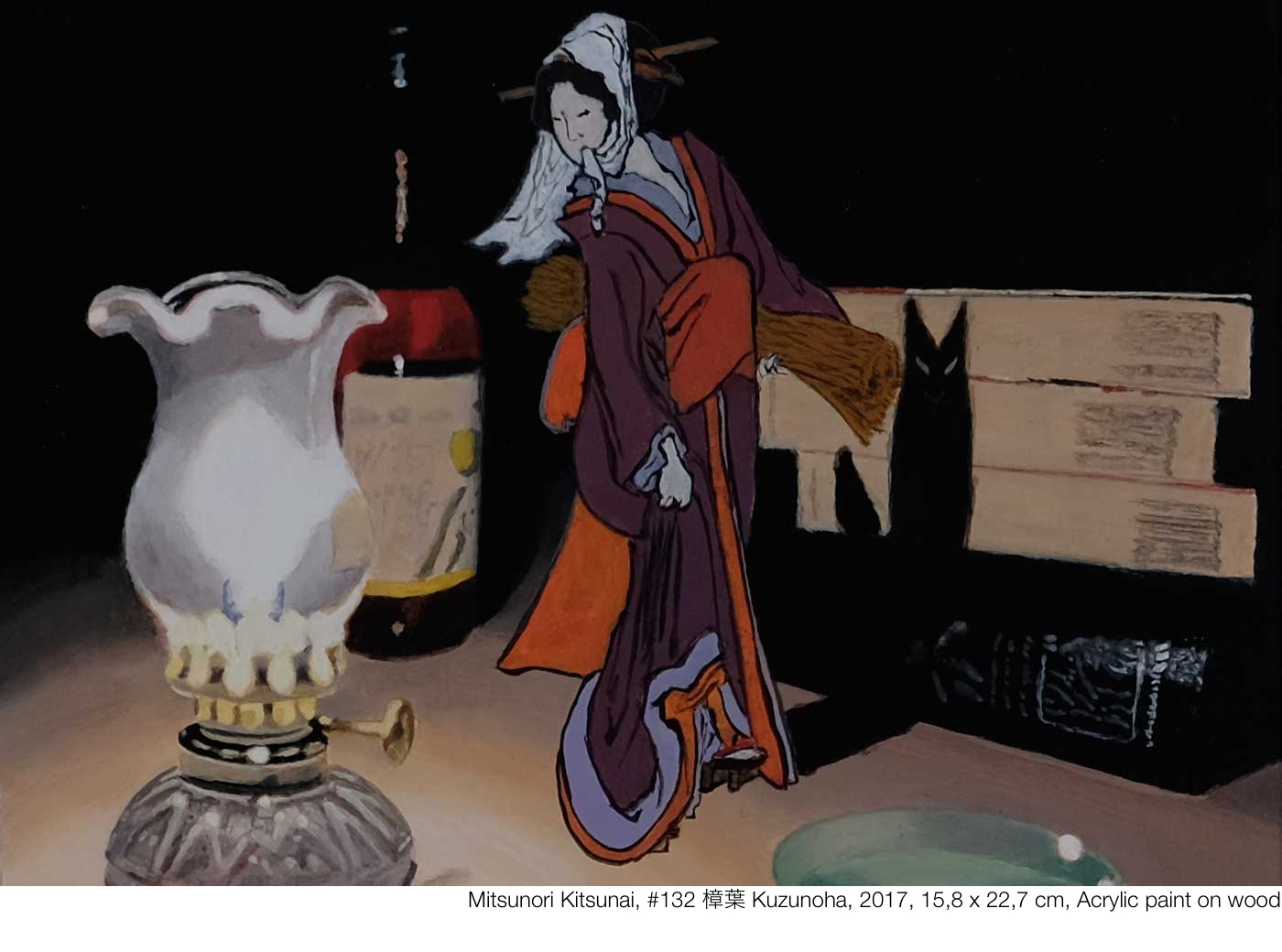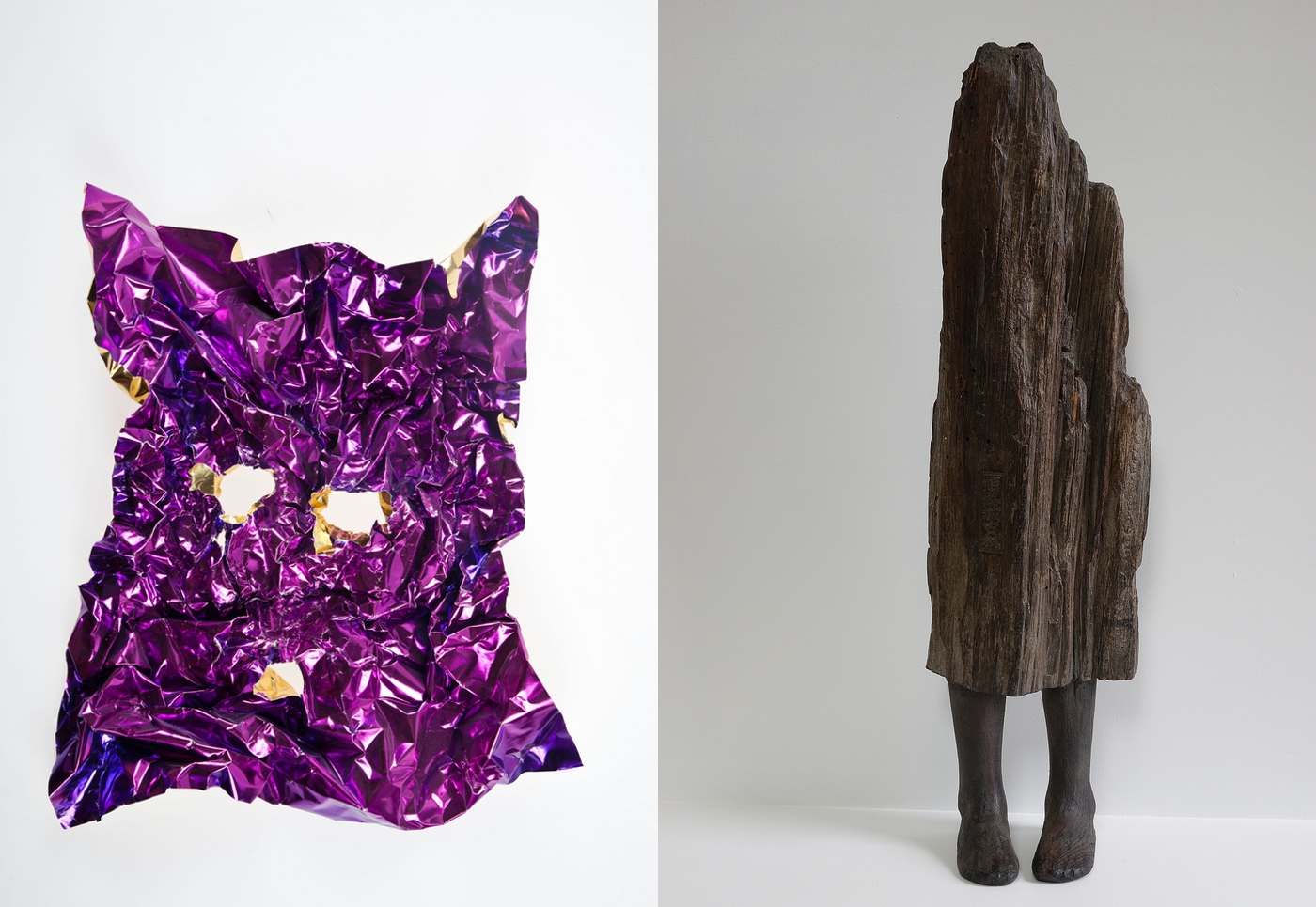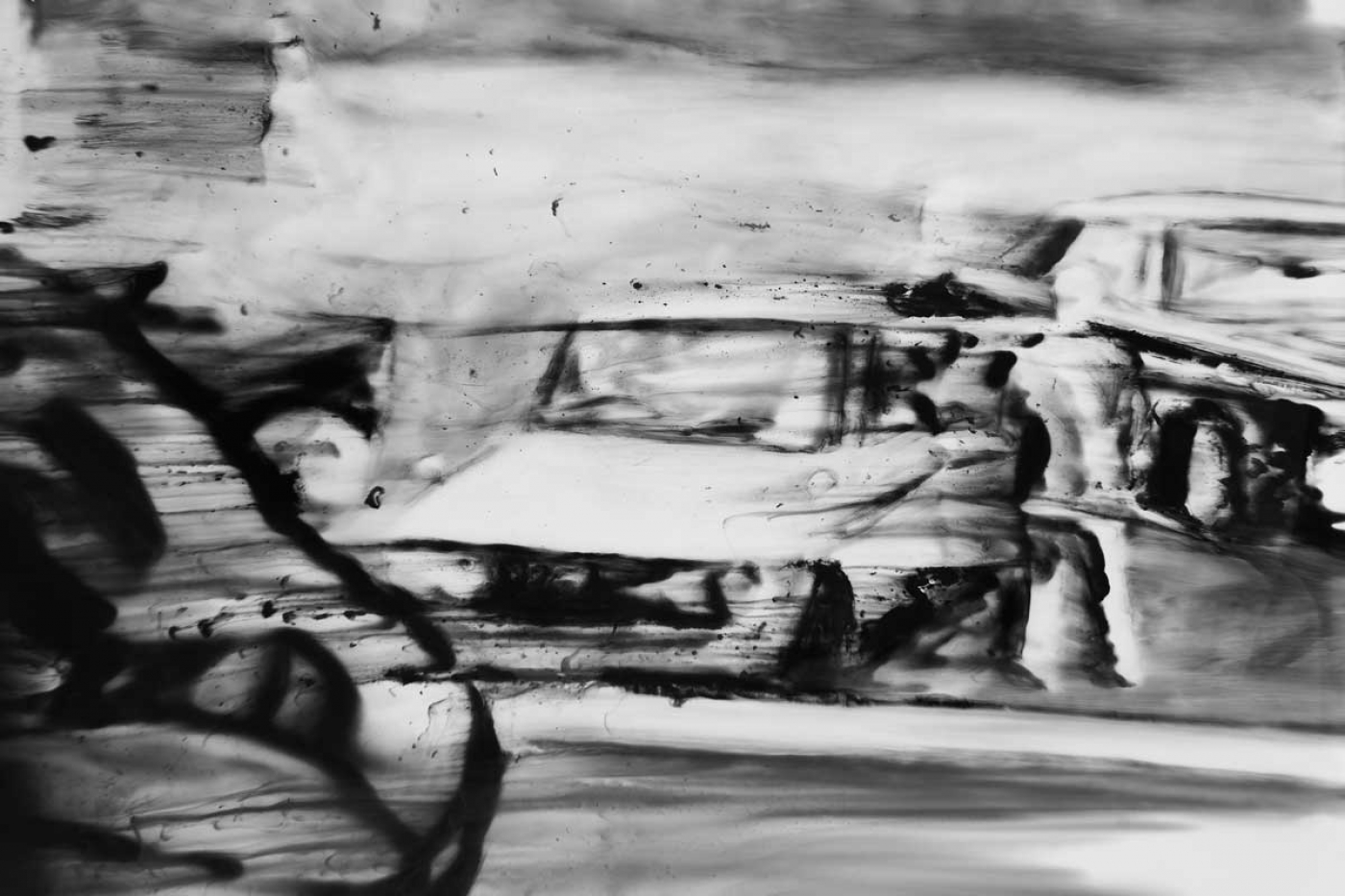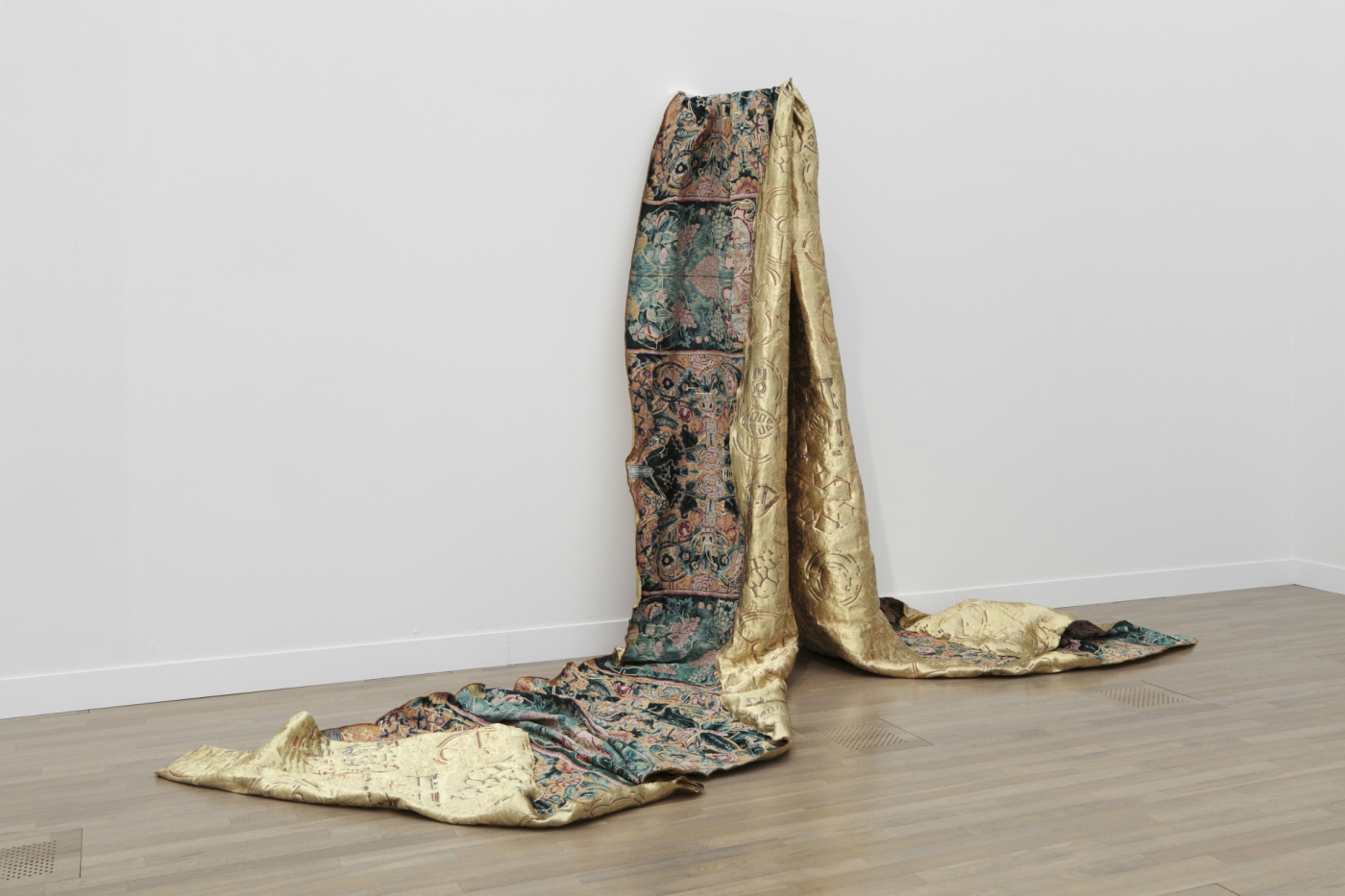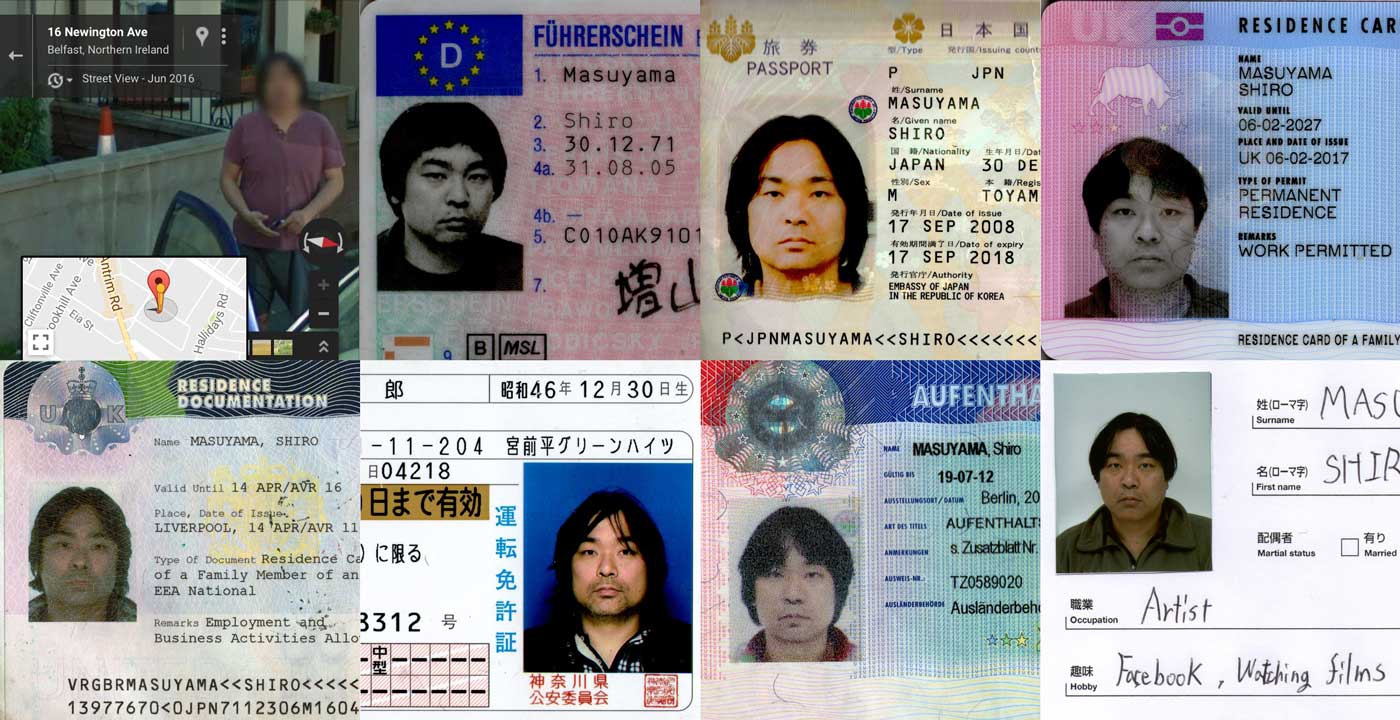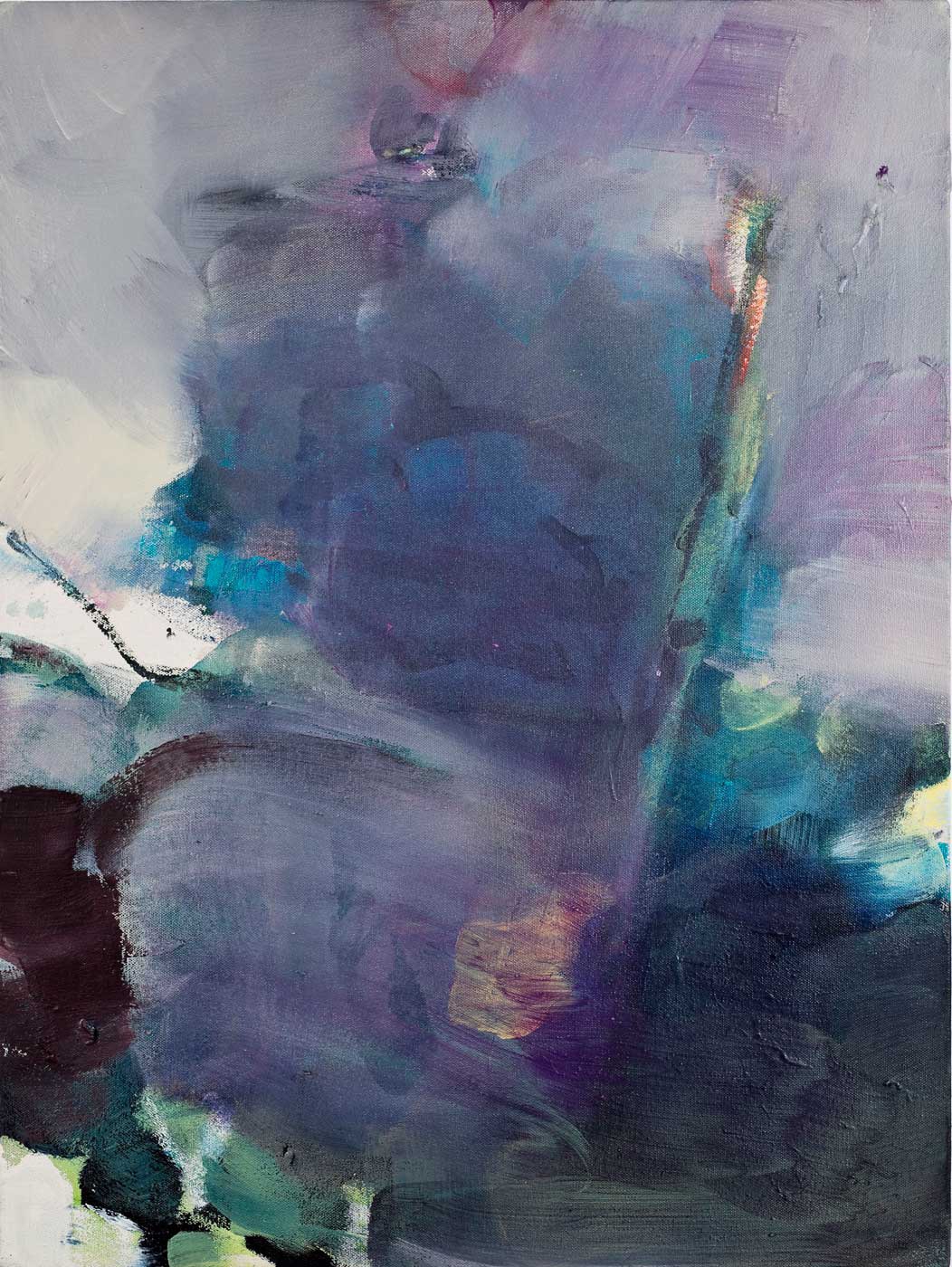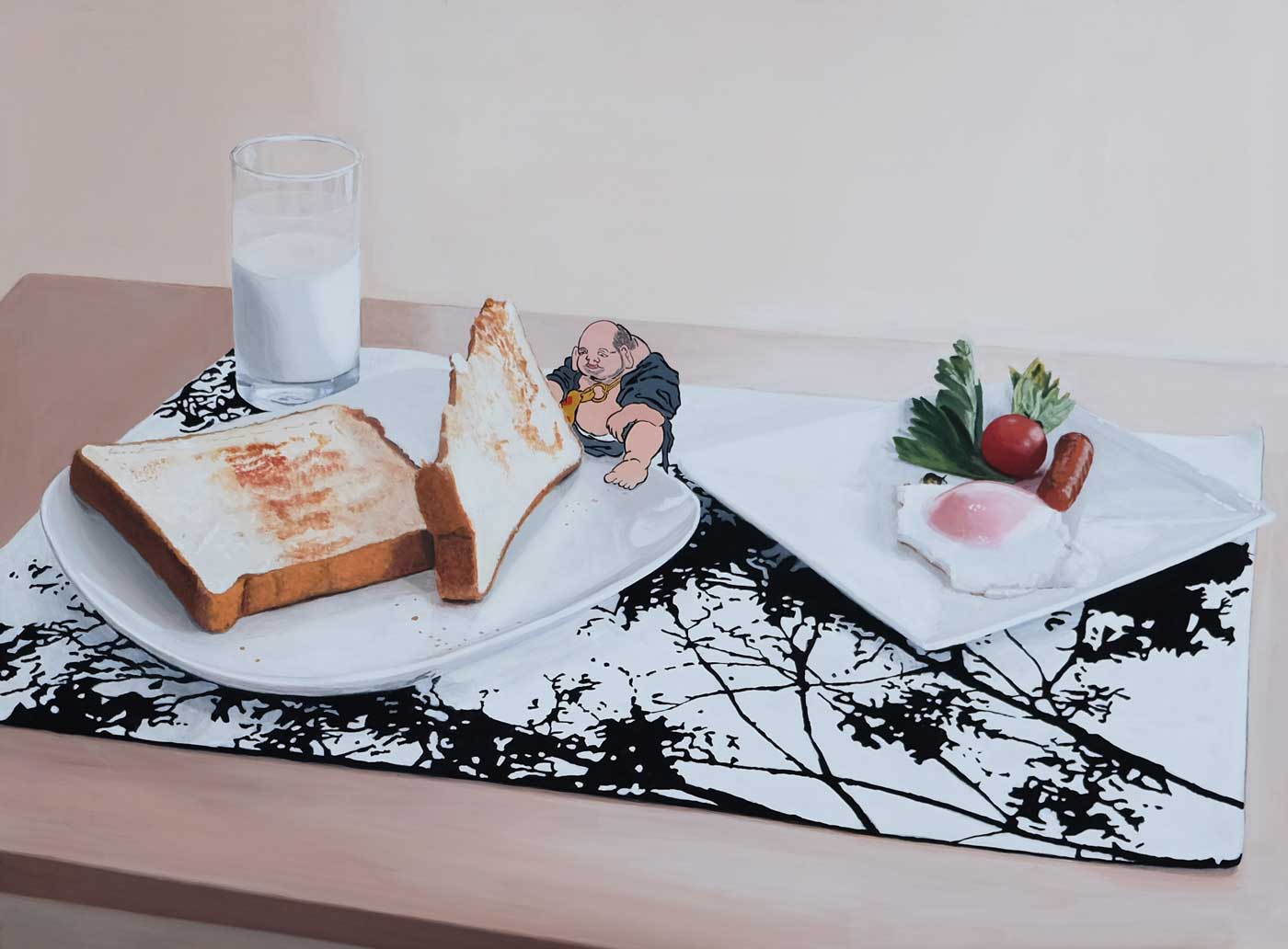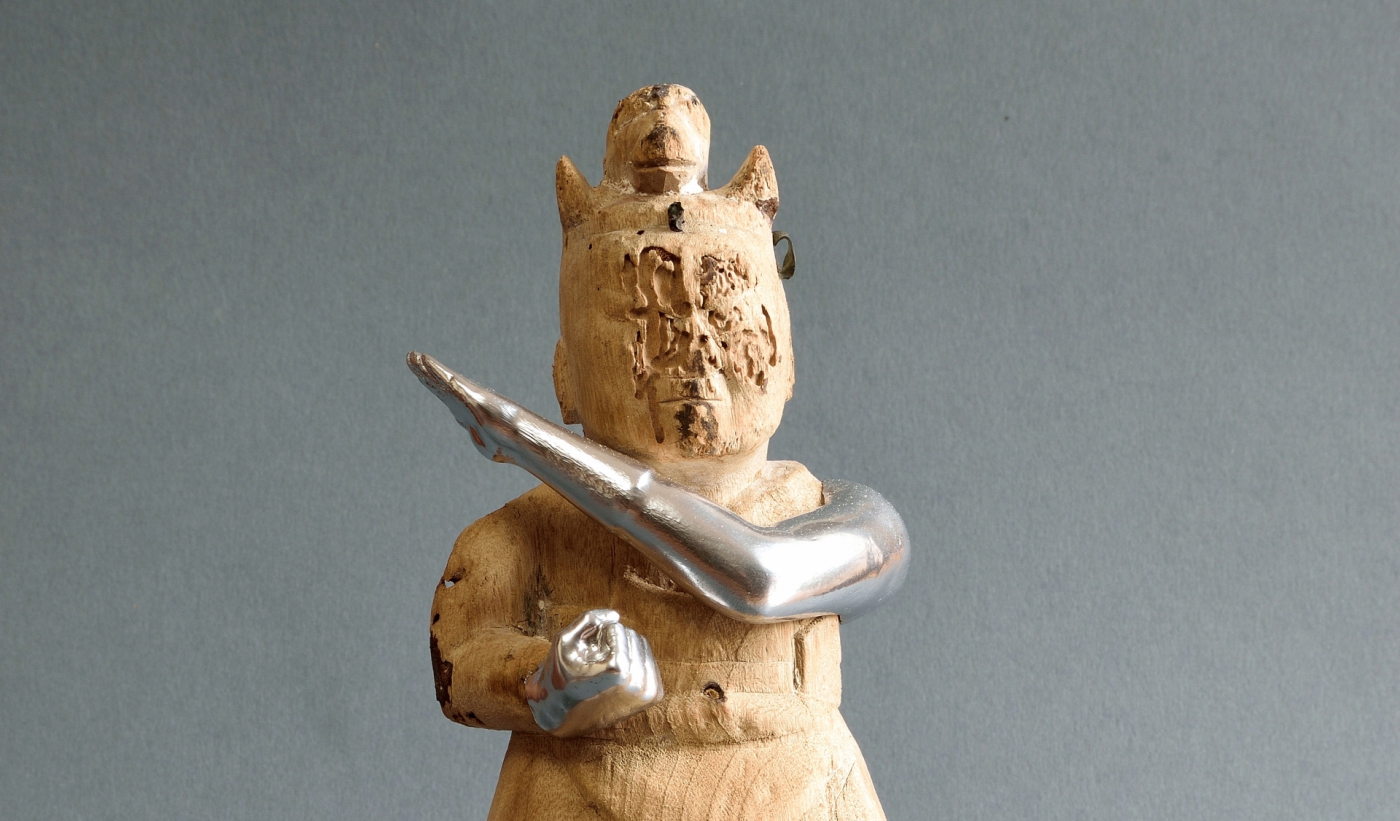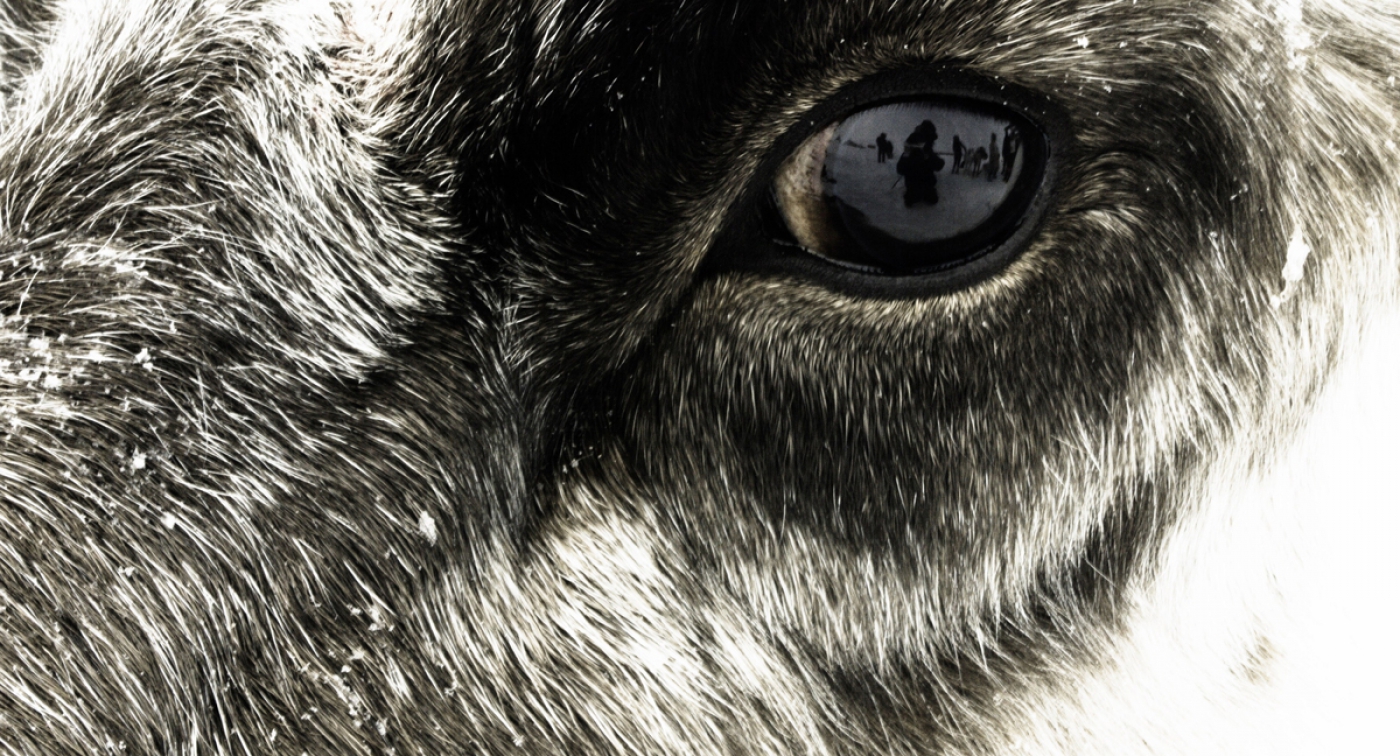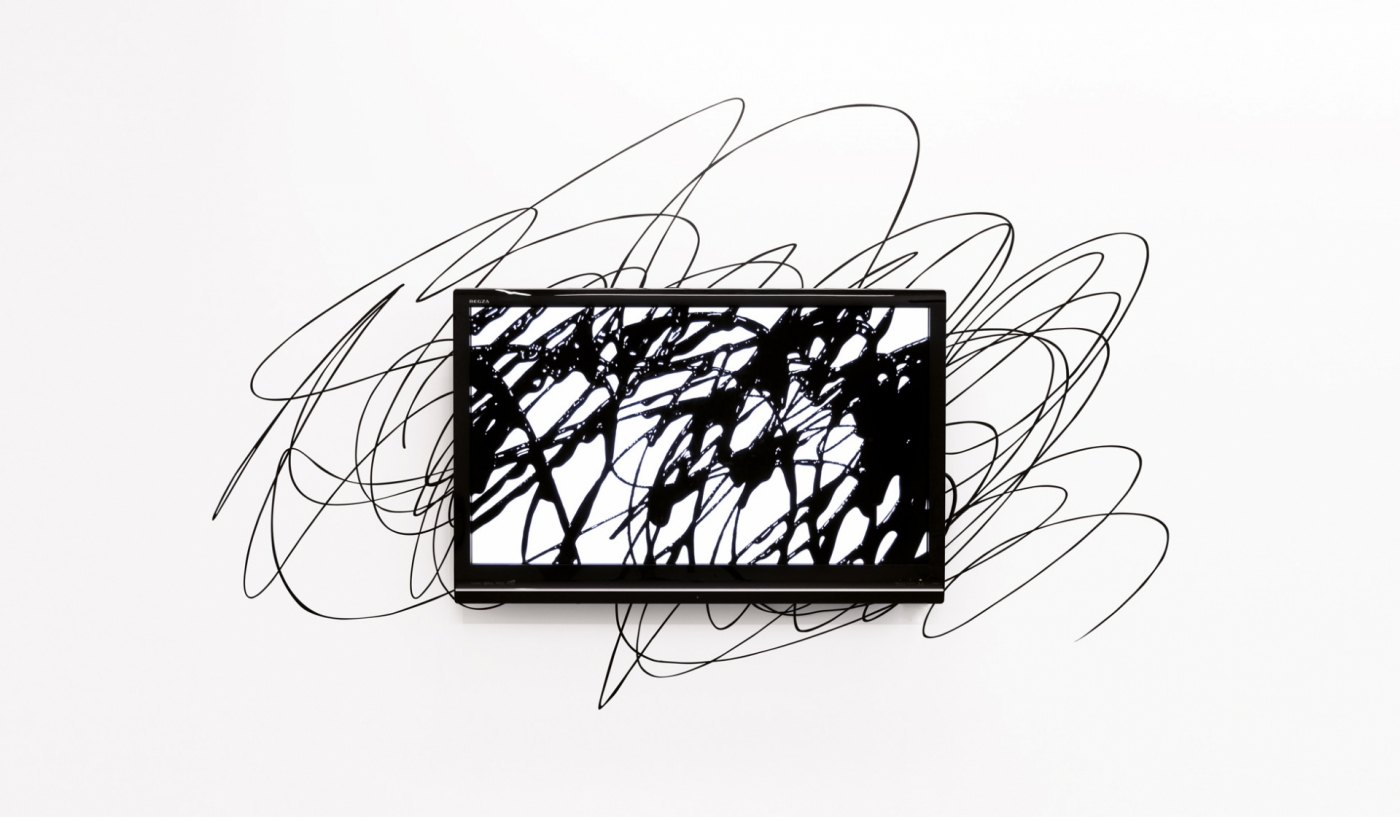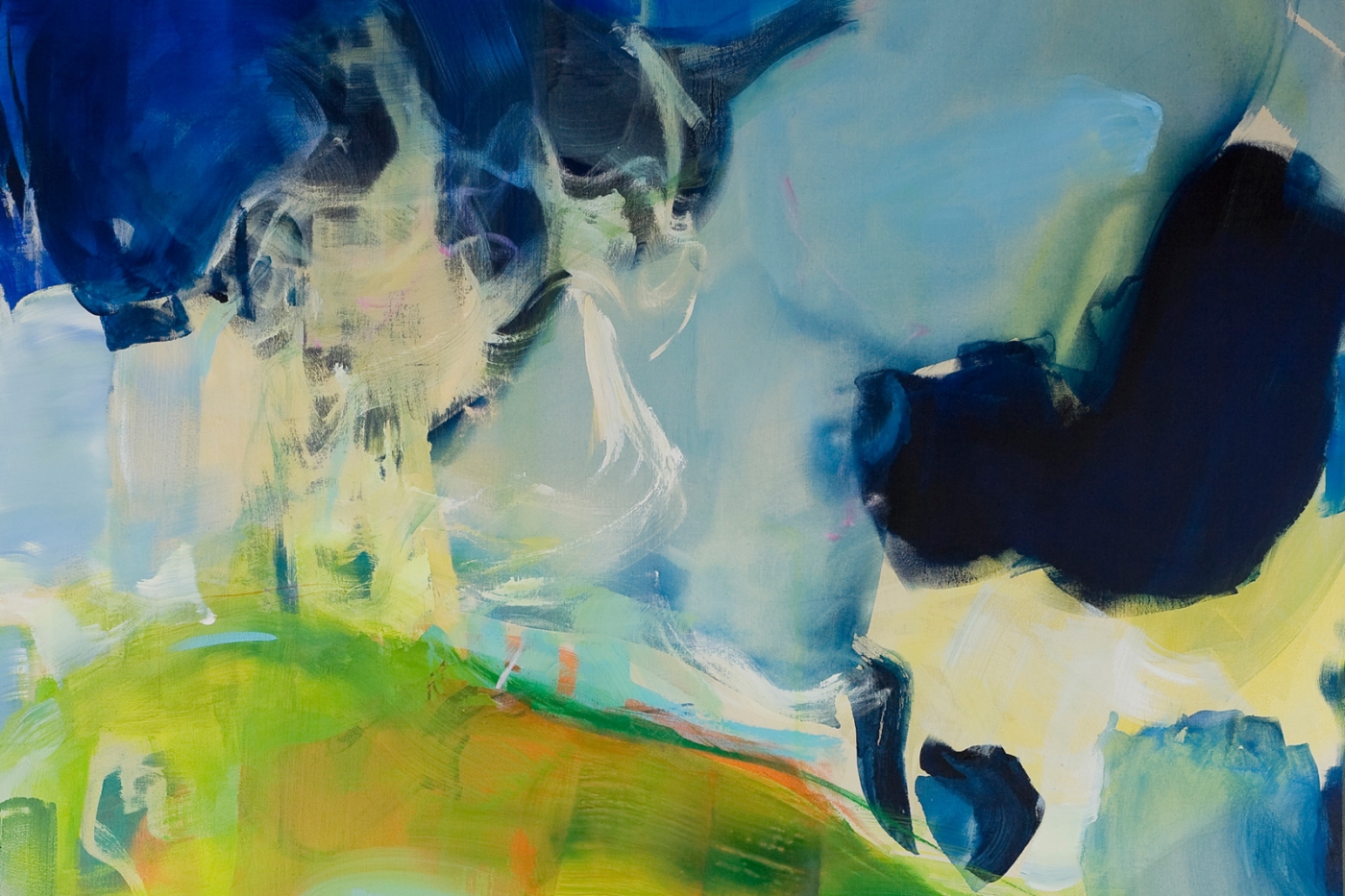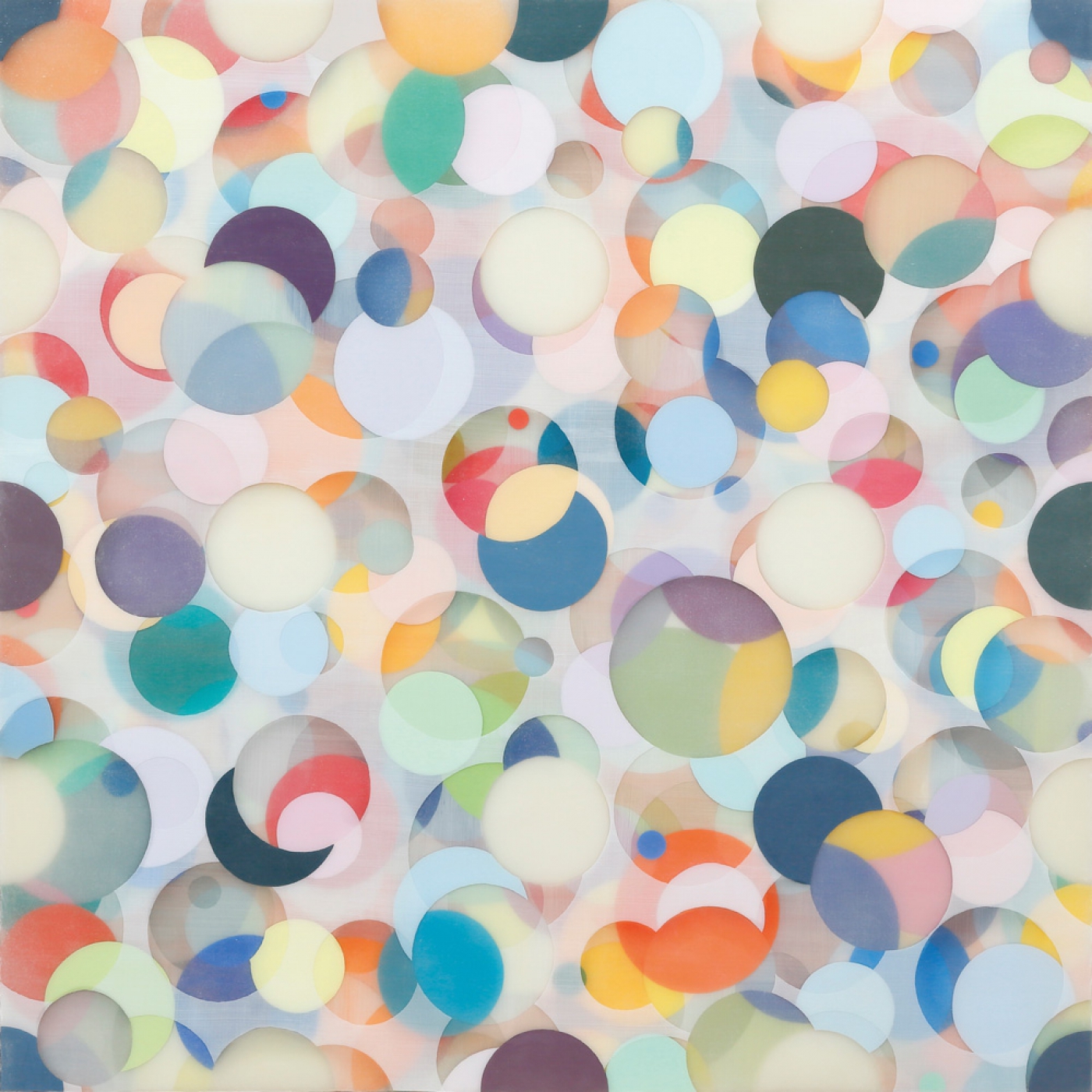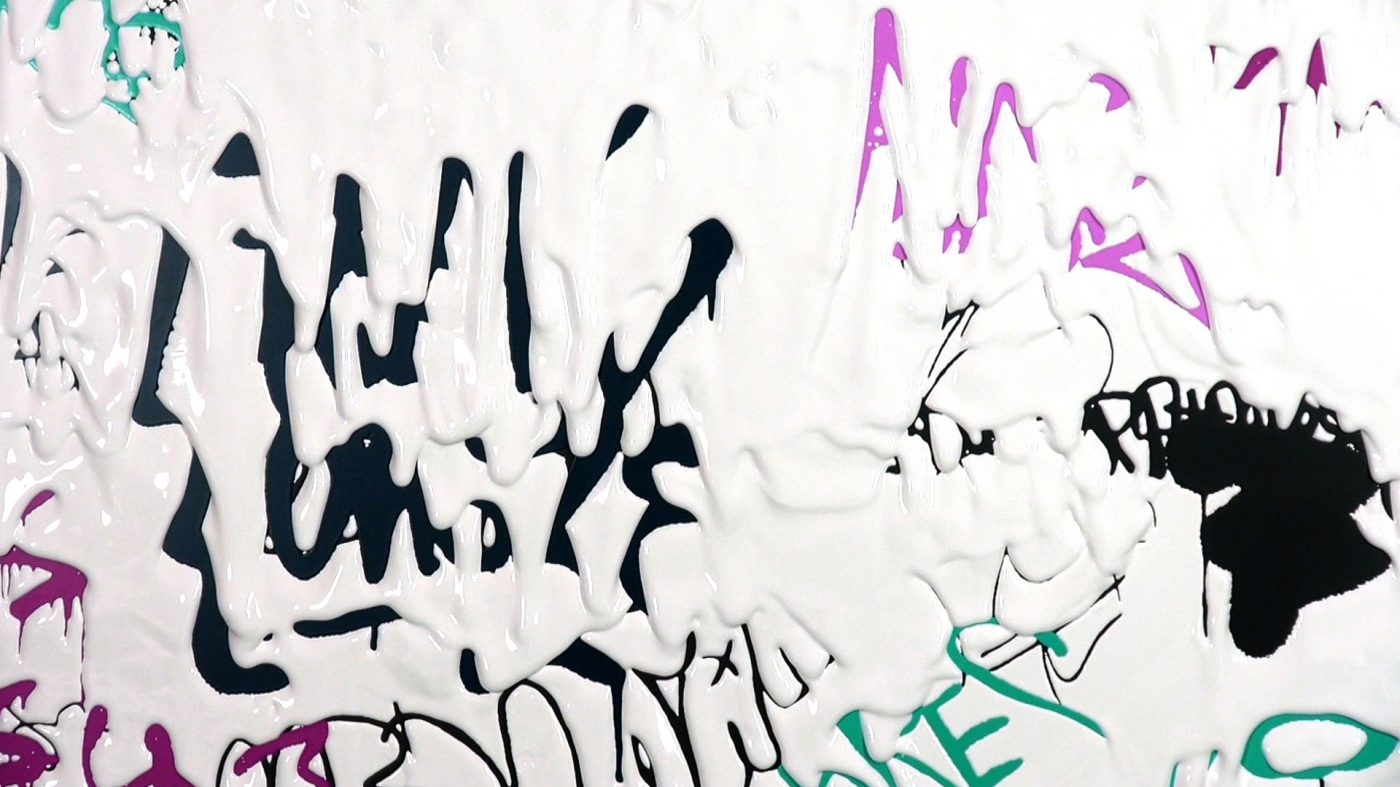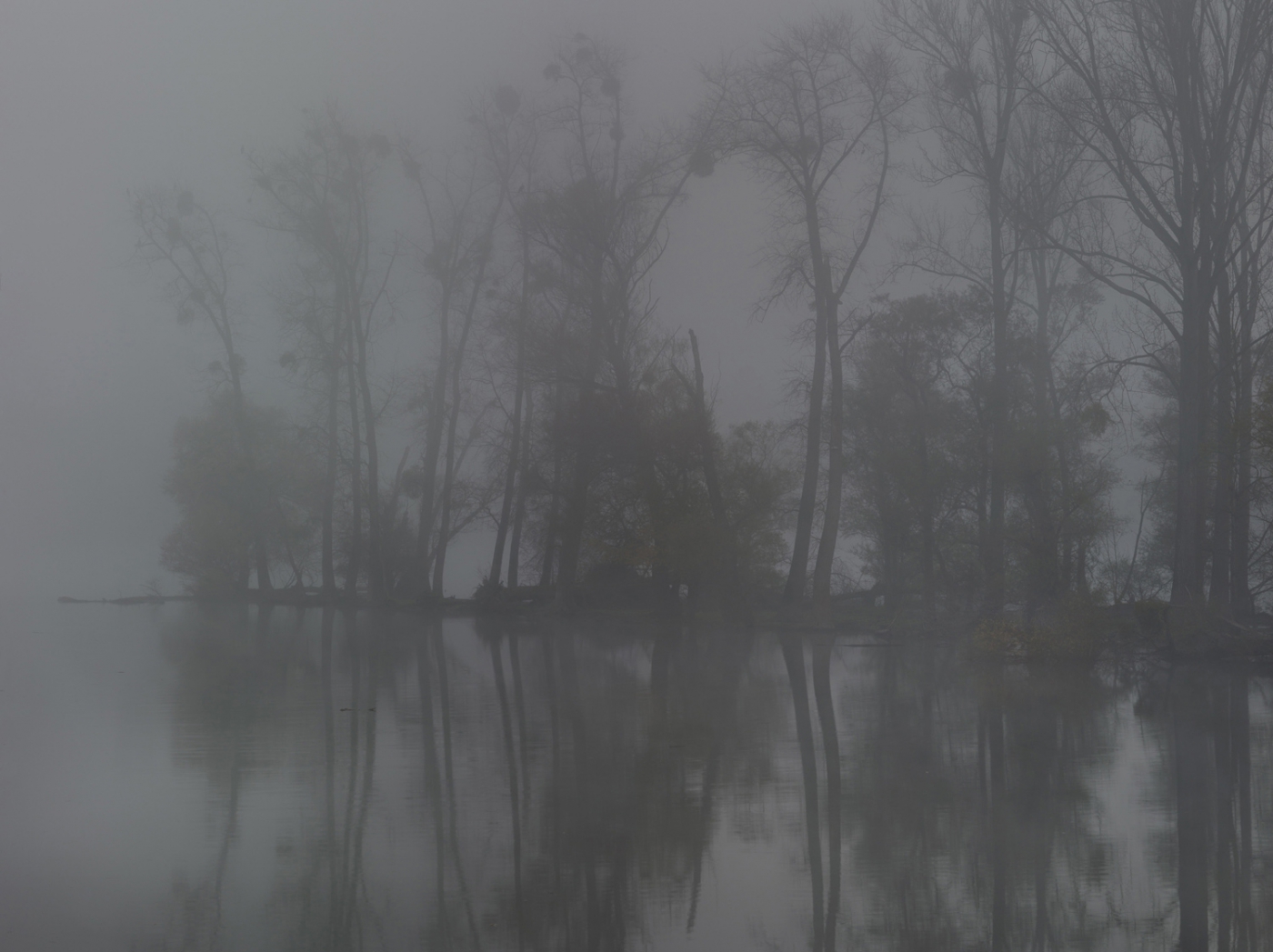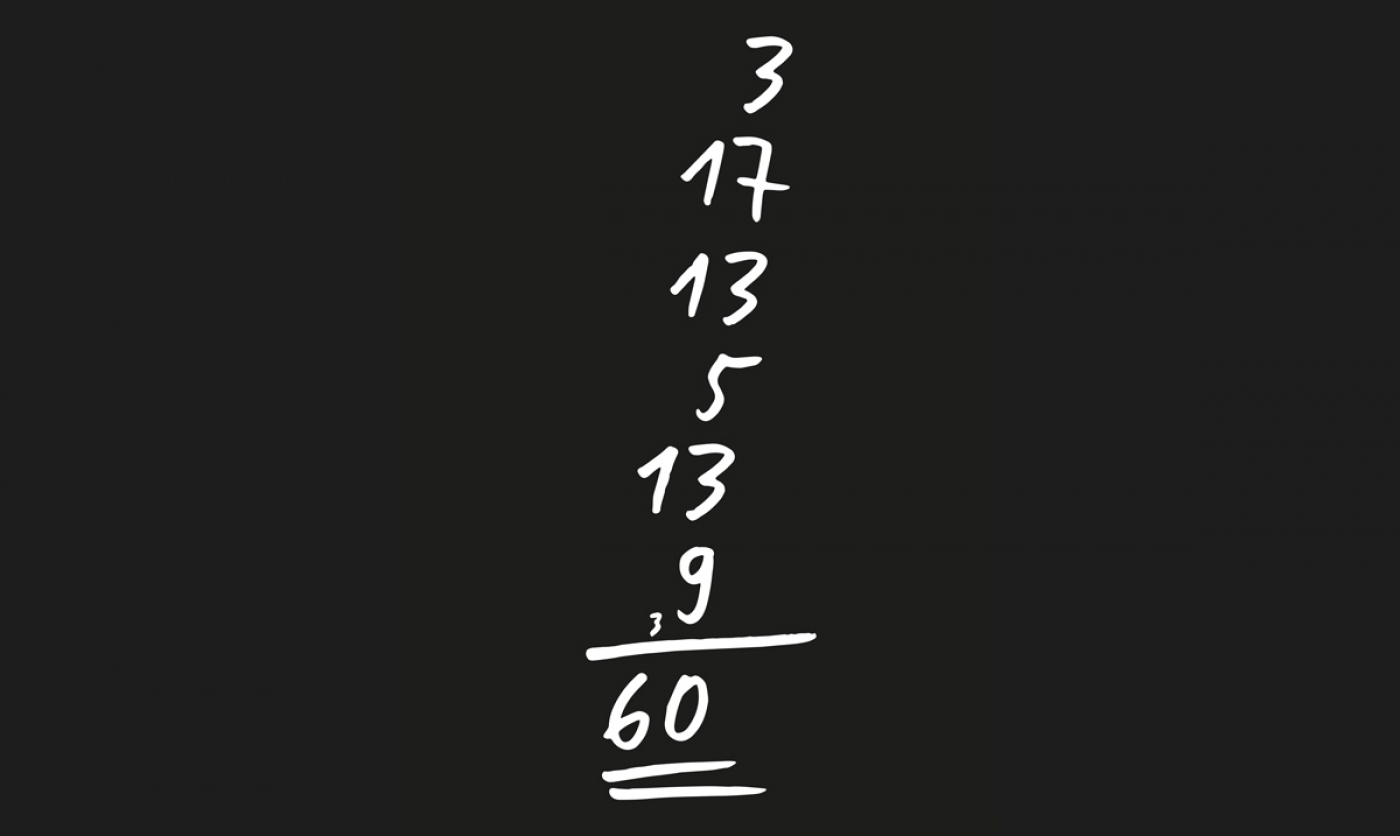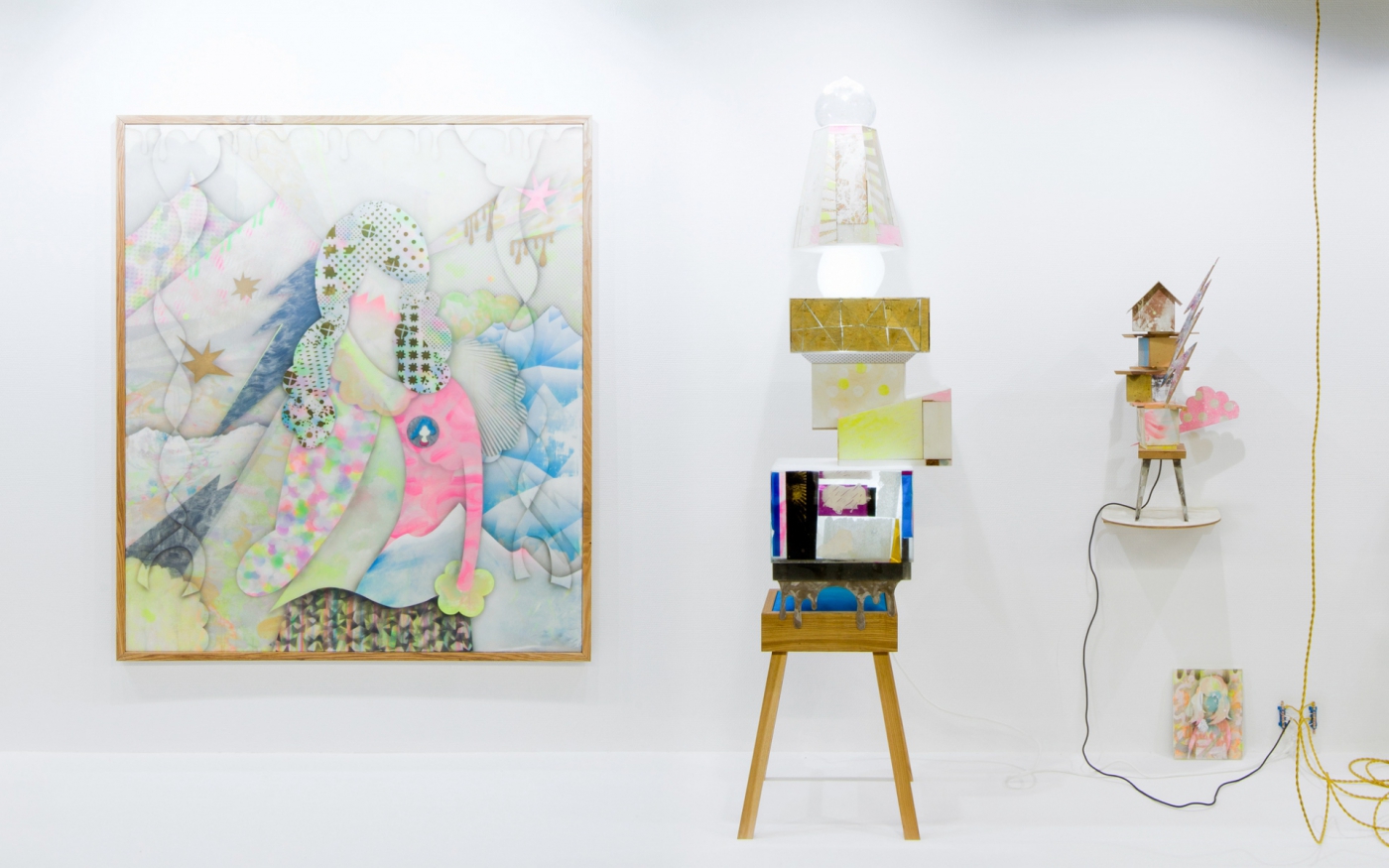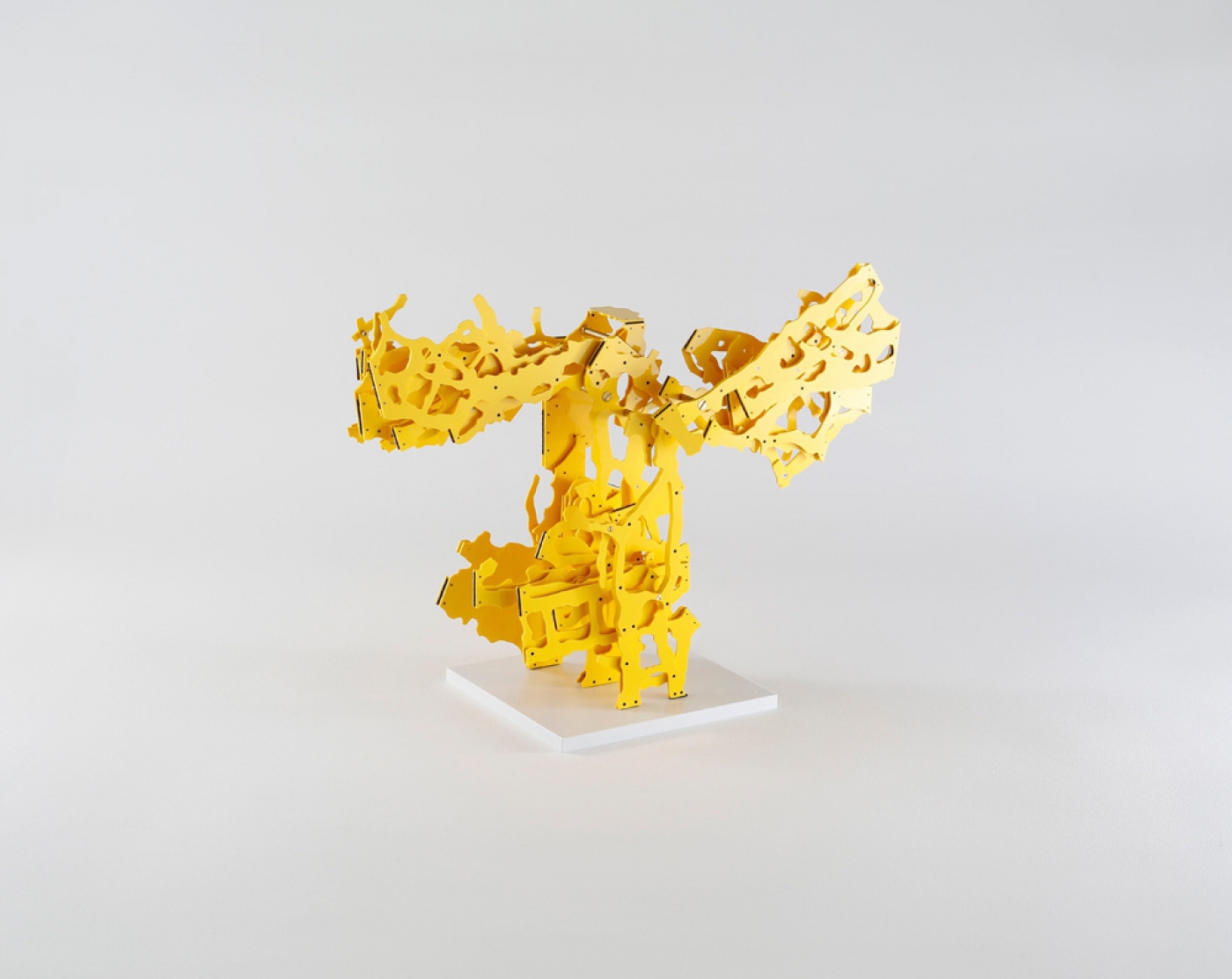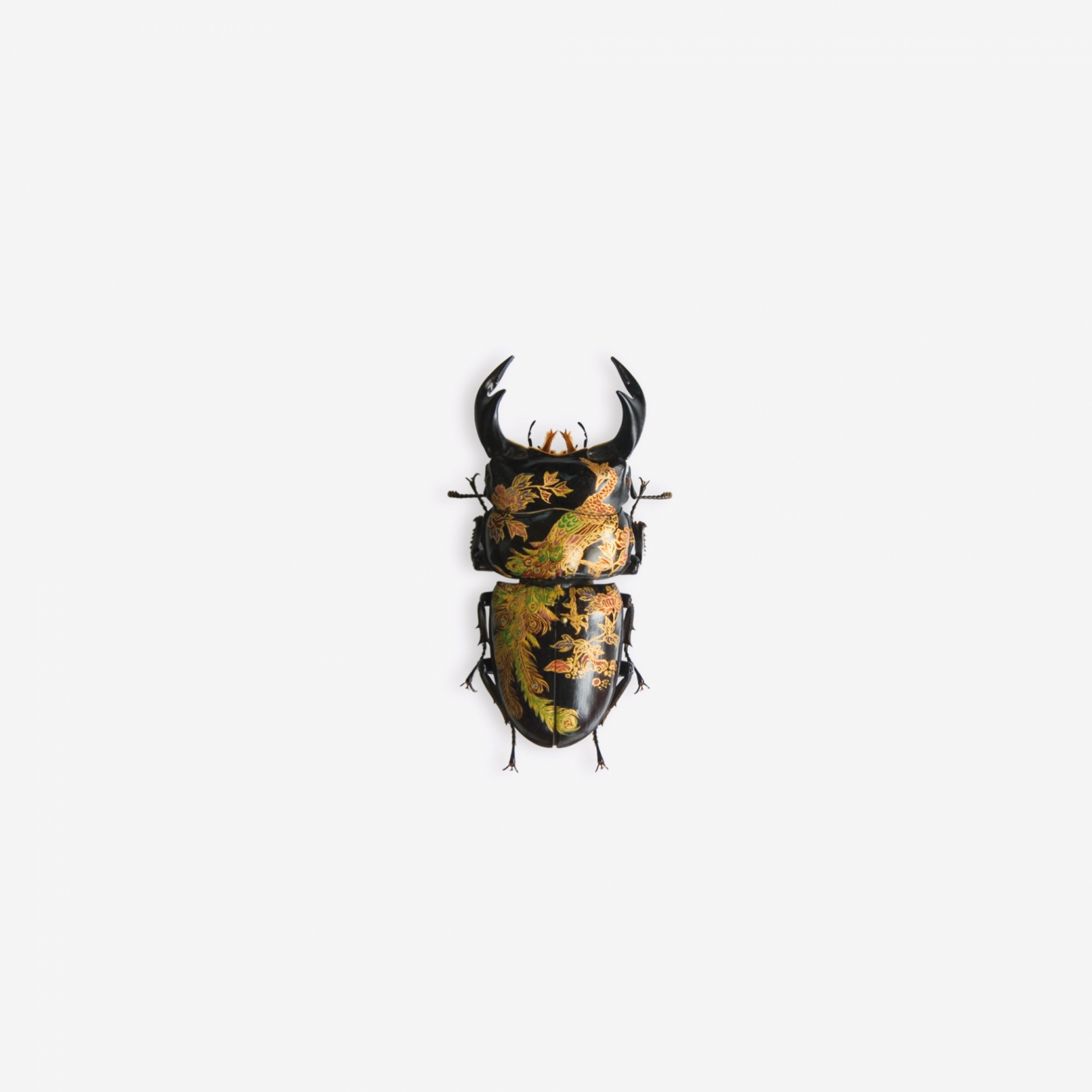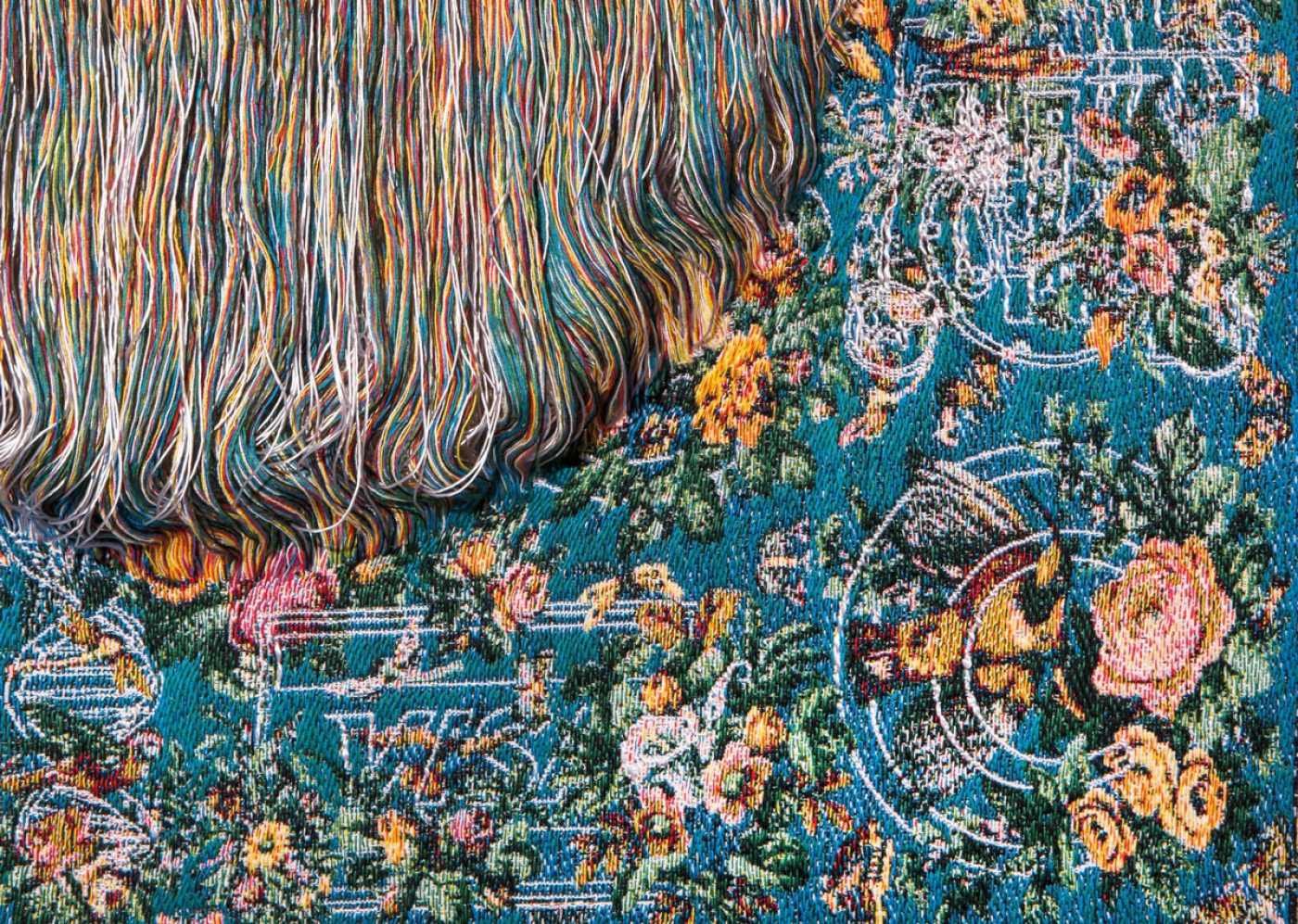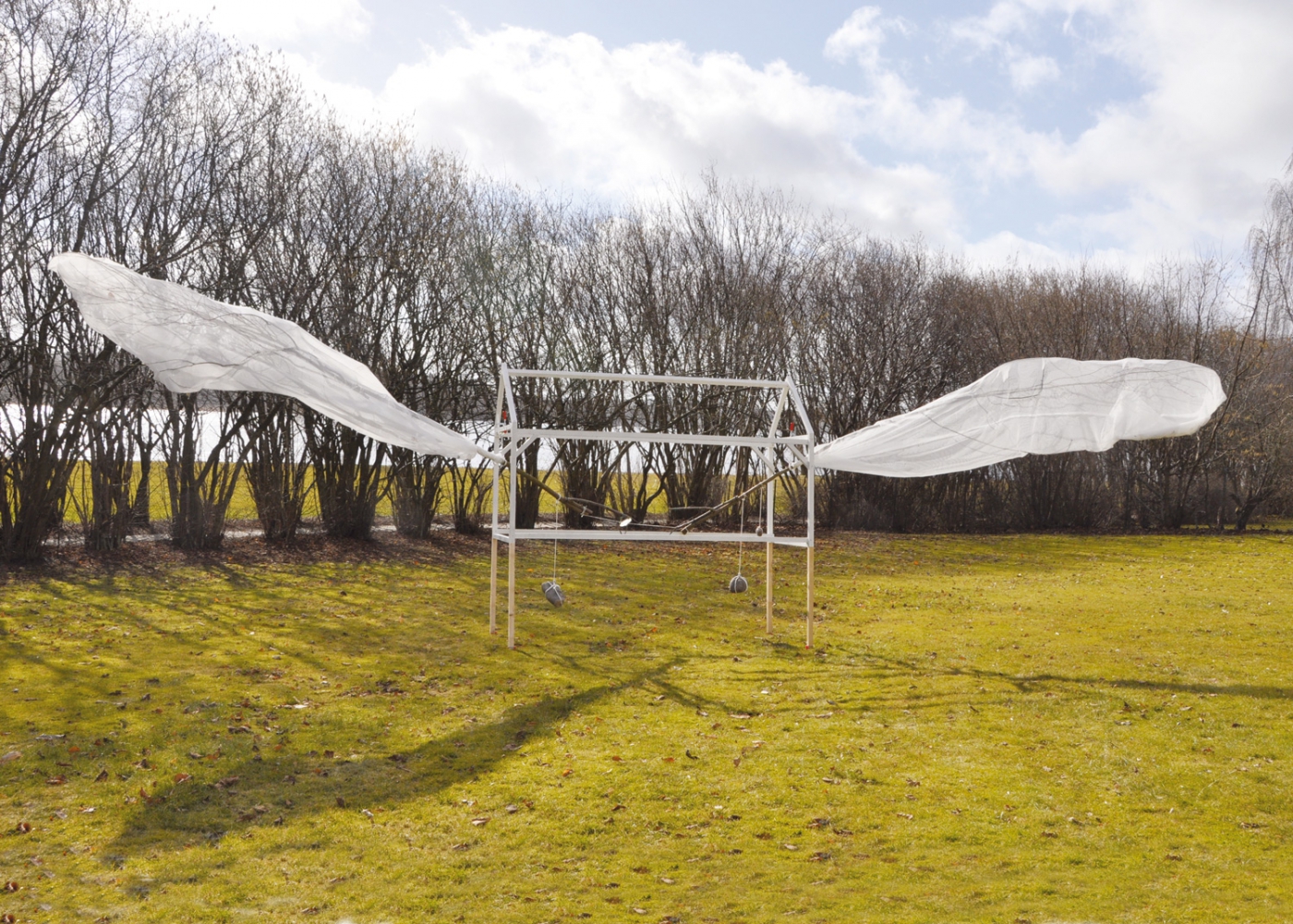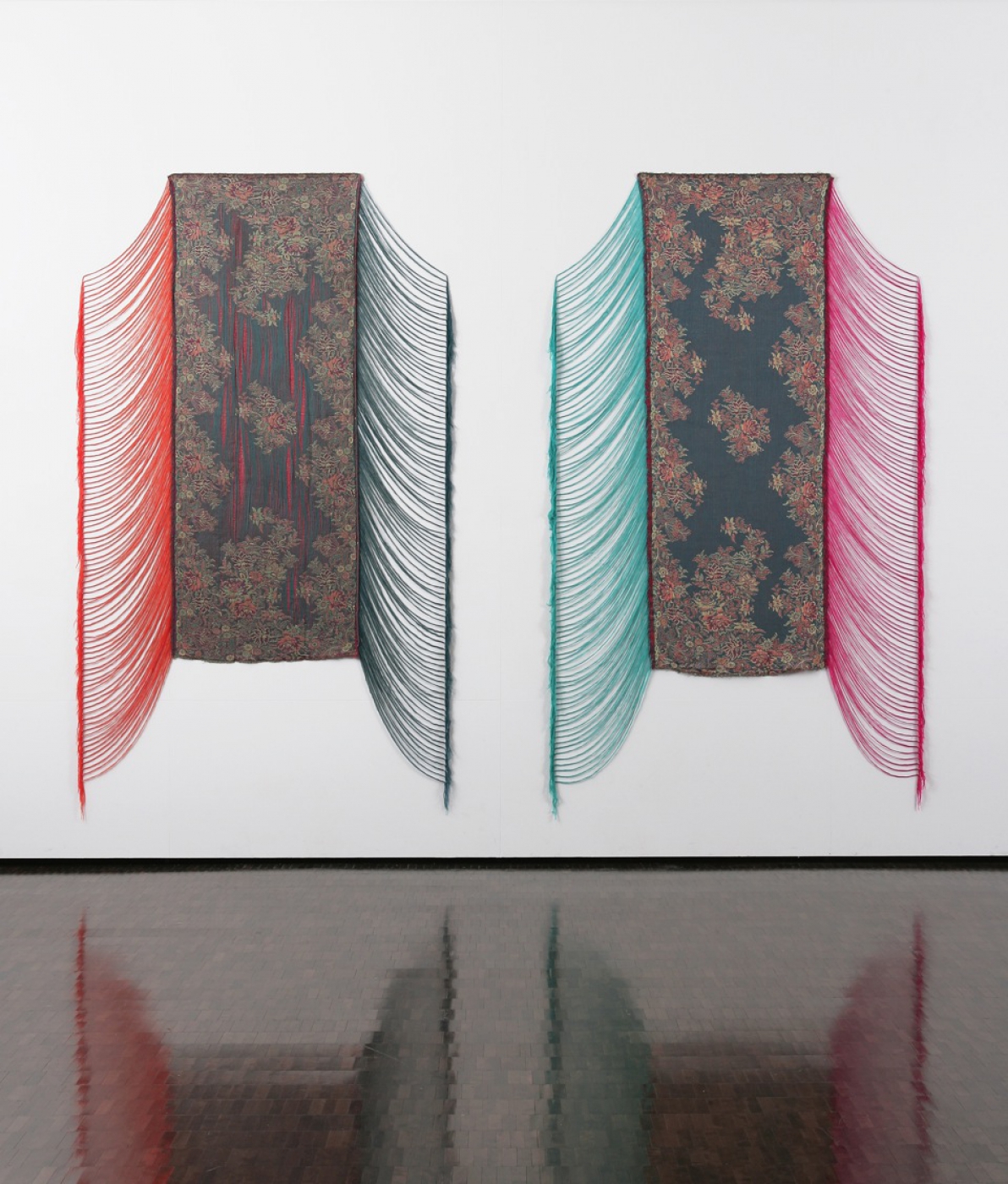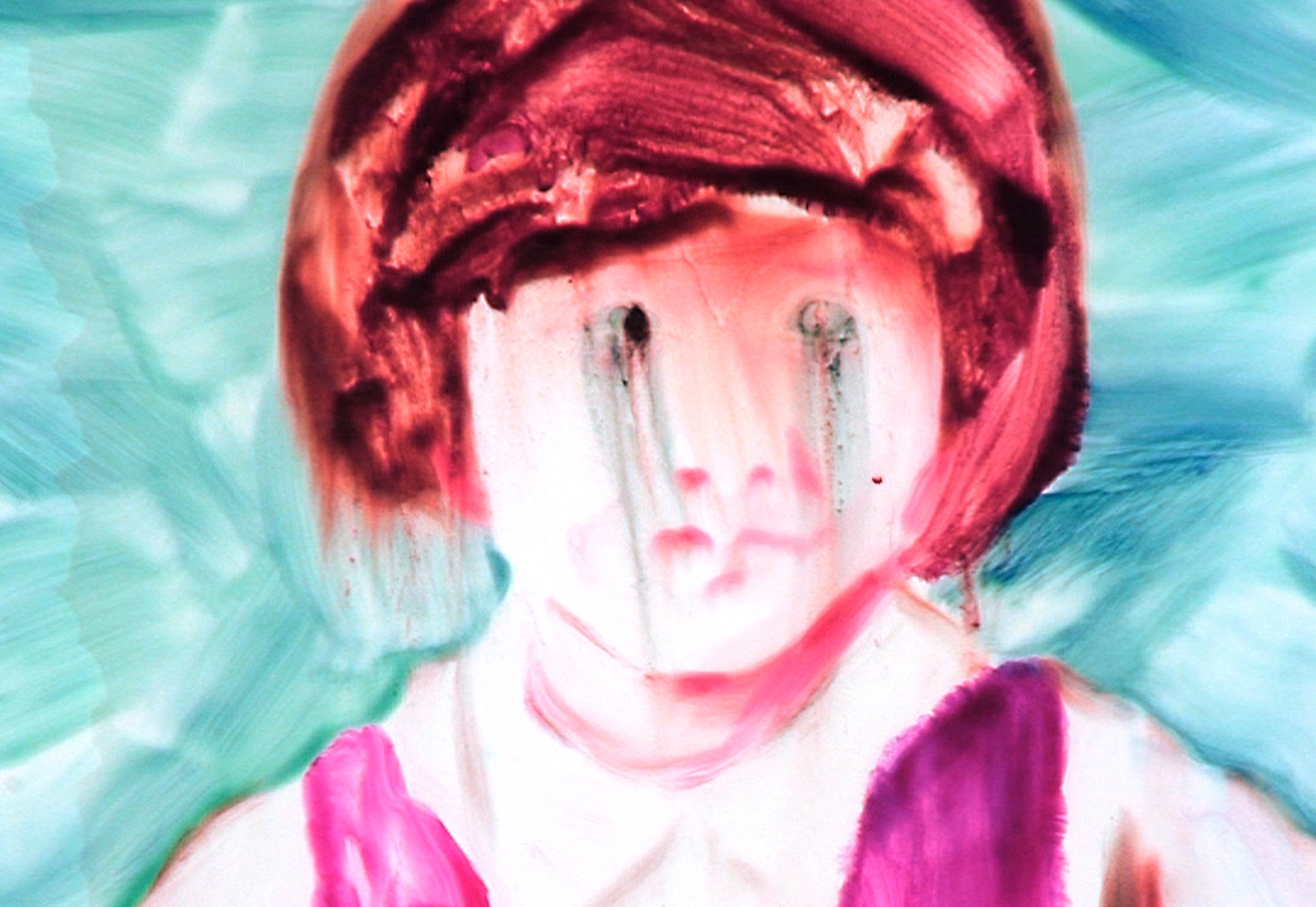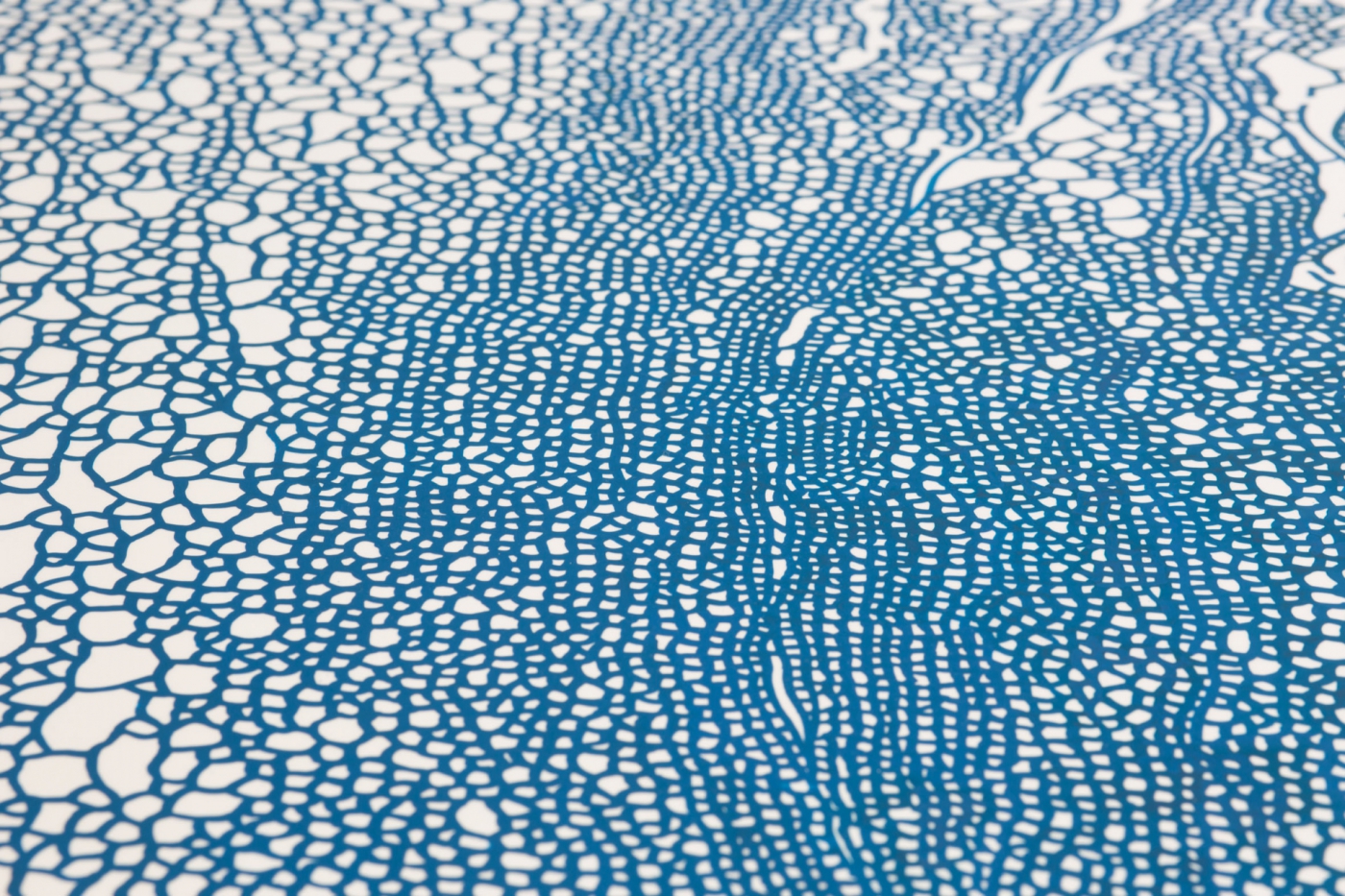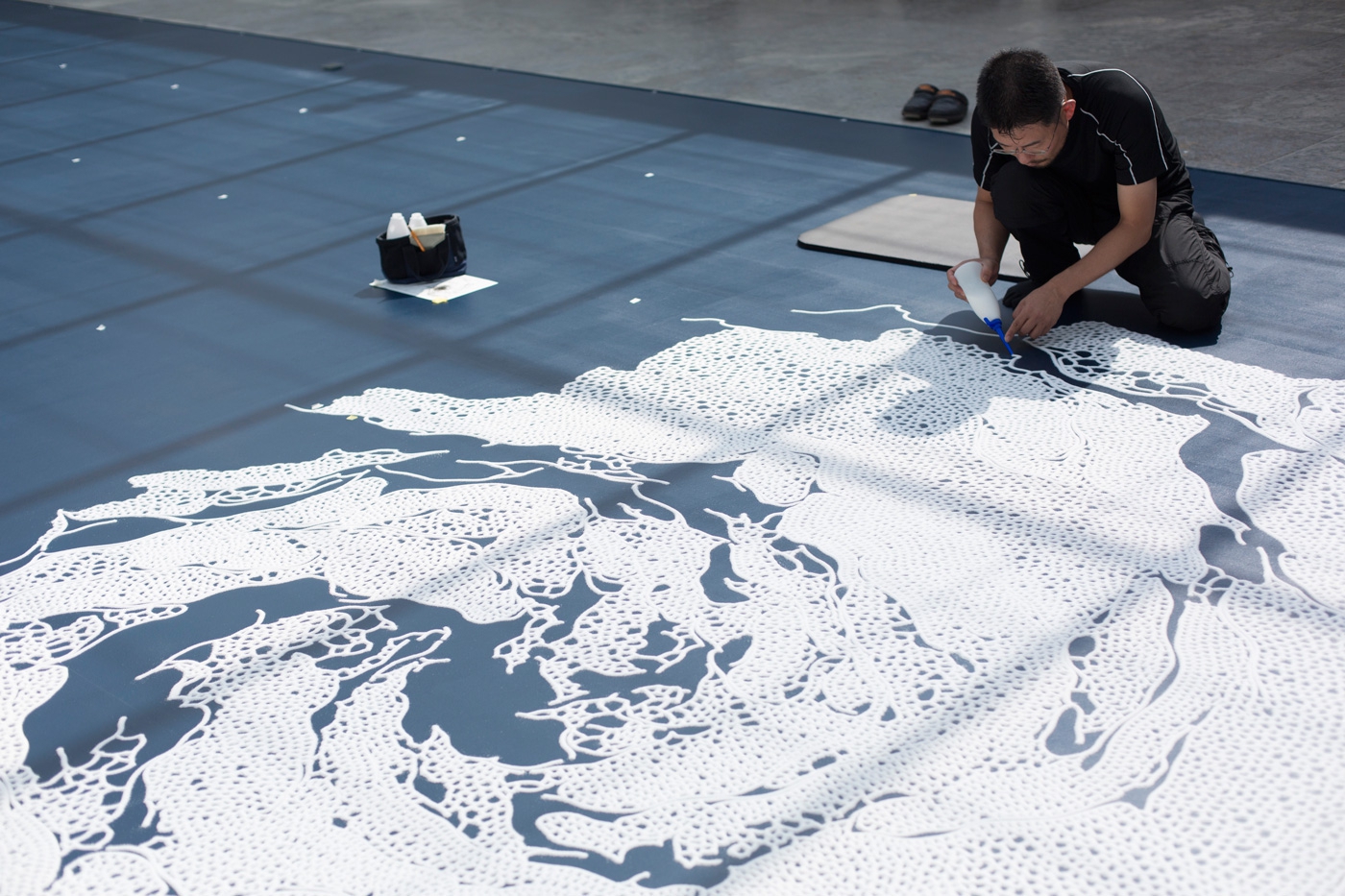There is no current exhibition.
07.06. — 06.07.2024
Mit allen Wassern gewaschen – すべては水であらわれる
Josephin Böttger, Taiyoh Mori, Mariella Mosler, Nobuyuki Osaki, Oliver Ross, Miyuki Tsugami und Rikuo Ueda
05.04. — 24.05.2024
Hiroyuki Abe - The Associative Power of Line
Gallery Space: Klosterwall 13, 20095 Hamburg
Gallery Space: Klosterwall 13, 20095 Hamburg
17.11. — 18.12.2023
AKIHIRO HIGUCHI - “OLD ROSE” GIRL’S MANGA SCULPTURE
Opening: Fr., November 17, 2023 from 7pm
MIKIKO SATO GALLERY
Klosterwall 13, 20095 Hamburg
Opening: Fr., November 17, 2023 from 7pm
MIKIKO SATO GALLERY
Klosterwall 13, 20095 Hamburg
05.11. — 13.12.2023
YOSHIAKI KAIHATSU - SEVEN GIFTS
Opening: Sun., November 5, 2023, from 3pm
Mikiko Sato Gallery Temporary / Hamburger Hof Passage, Jungfernstieg 24-26, 20354 Hamburg
13.12.2022 — 08.01.2023
Yuki Yamamoto - SOLO EXHIBITION
Opening: Sun. 11 December 2022 2pm
The Artist will be present.
20.09. — 24.11.2022
REDISCOVERING
Toshifumi Hirose, Shimpei Yoshida, Akihiro Higuchi, Shingo Yoshida, Taiyoh Mori
24.04. — 12.06.2021
utakata – THE IMPERMANENCE OF THE MOMENT: Tsuyoshi Hisakado, Taiyoh Mori, Rikuo Ueda, Motoi Yamamoto
04.08. — 05.09.2020
SMALL IS BEAUTIFUL²
Akihiro Higuchi, Shiro Masuyama, Ken Matsubara, Keníchiro Taniguchi, Mariella Mosler, Tatsuya Sugimoto
08.02. — 10.03.2020
NEW JAPANESE PAINTING
Chisei Kobayashi, Yumi Nakata, Taishi Urakawa, Yuki Yamamoto
07.09. — 10.10.2019
Hiroshi Takeda & Shimpei Yoshida - PORTRAIT
OPENING: FR., SEPTEMBER 6, 2019, 6-11 PM
24.11. — 19.12.2018
SMALL IS BEAUTIFUL
Akihiro Higuchi, Masanori Suzuki, Mitsunori Kitsunai, Miyuki Tsugami, Nobuyuki Osaki, Rikuo Ueda, Shingo Yoshida
08.09. — 26.10.2018
Yuki Yamamoto - UNTITLED. IF ANYTHING, A HYPOTHESIS: PAINTING ABOUT EQUIVALENT DIFFERENCES
22.04. — 05.05.2017
Seelen / Landschaften - Miyuki Tsugami, Masanori Suzuki, Hiroshi Takeda, Shingo Yoshida
04. — 24.02.2017
Neuerdings - Toshifumi Hirose, Mitsunori Kitsunai, Hiroshi Takeda, Mika Tsukahara, Yuki Yamamoto
09.04. — 28.05.2016
Disegno / Japanische Zeichenkunst der Gegenwart - Rikuo Ueda, Motoi Yamamoto, Aiko Tezuka, Toshifumi Hirose, Nobuyuki Osaki
05.02. — 26.03.2016
Land-Scape / Land-Mark / Land-Shape - Miyuki Tsugami, Masanori Suzuki, Ken'ichiro Taniguchi
20.06. — 31.07.2015

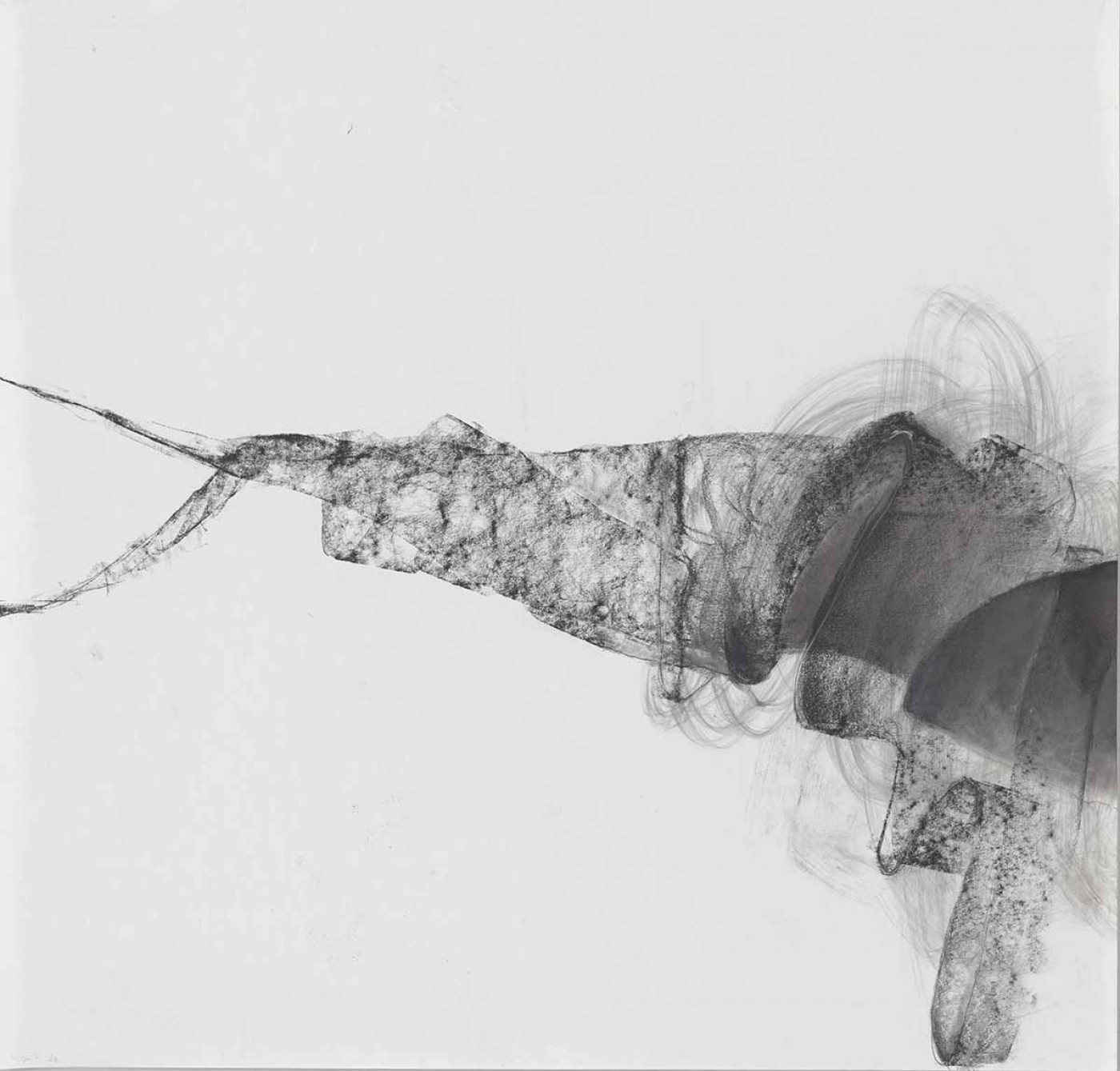
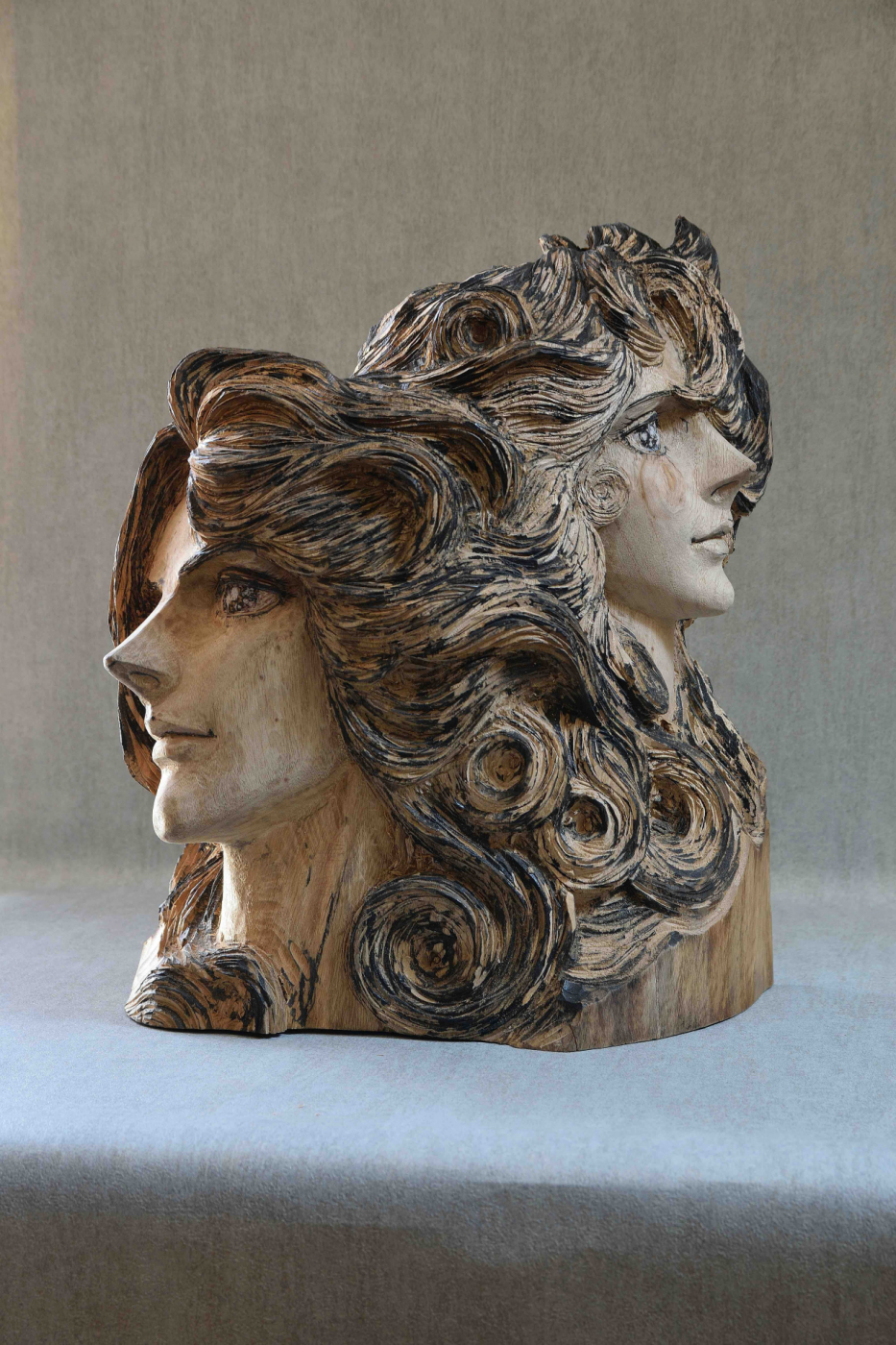

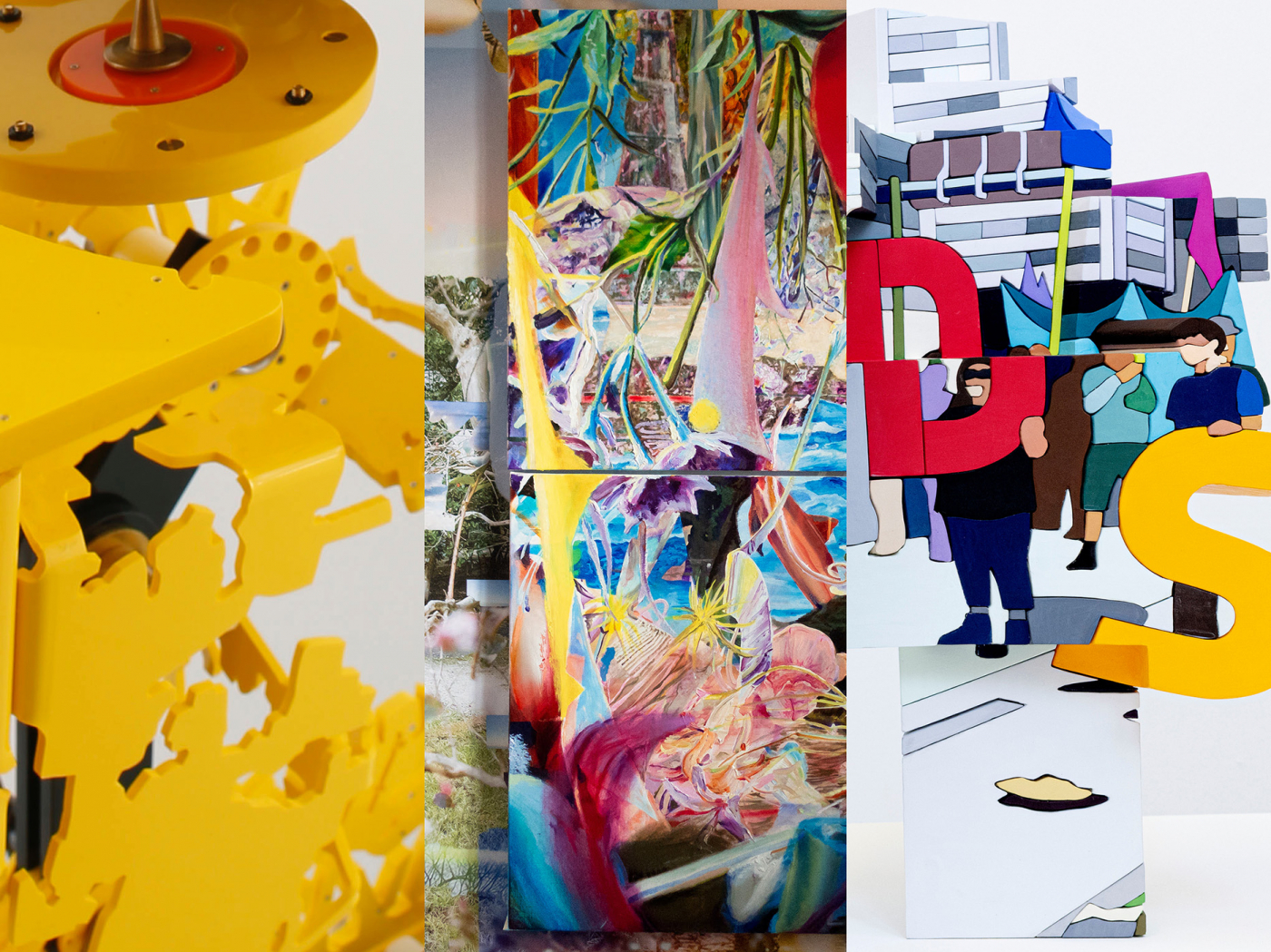
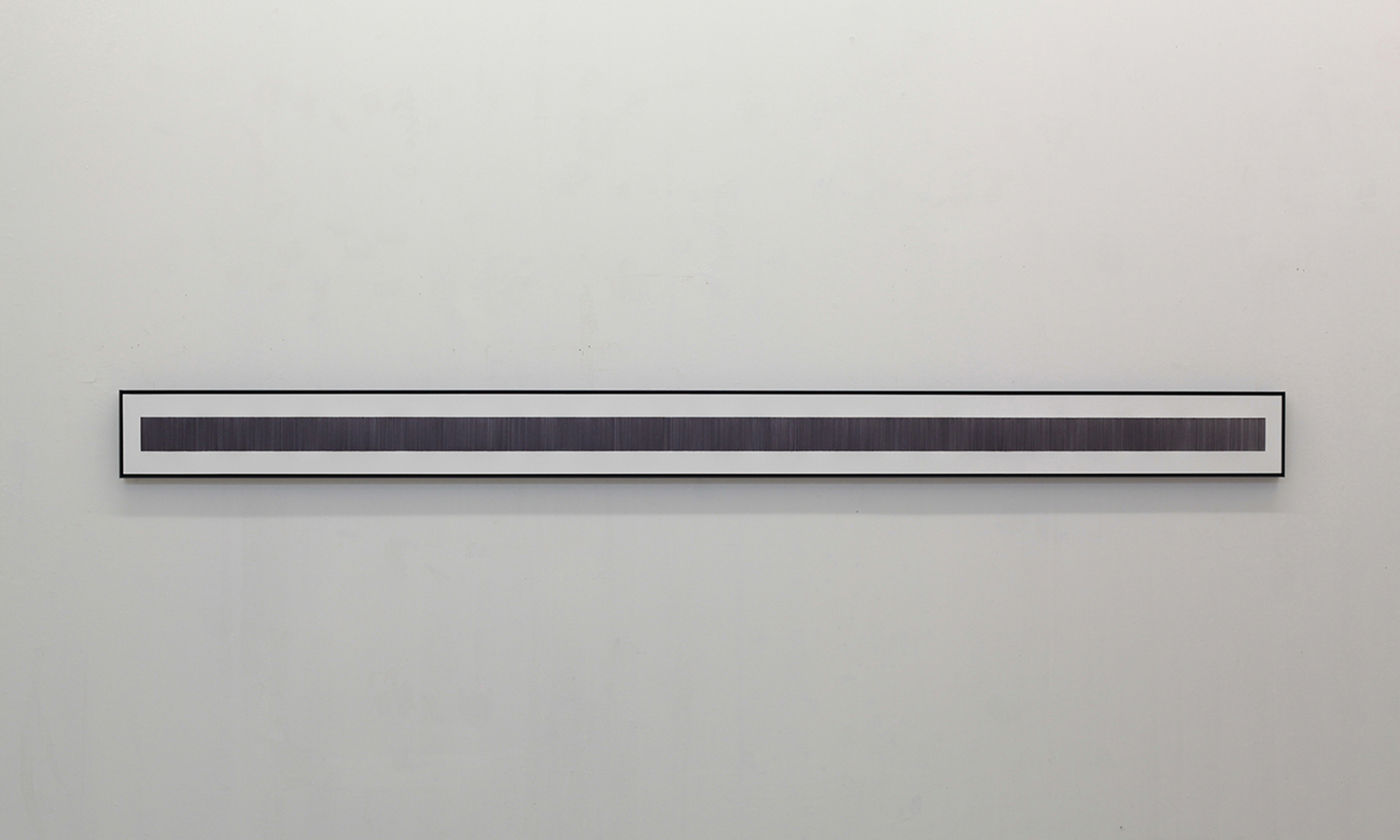
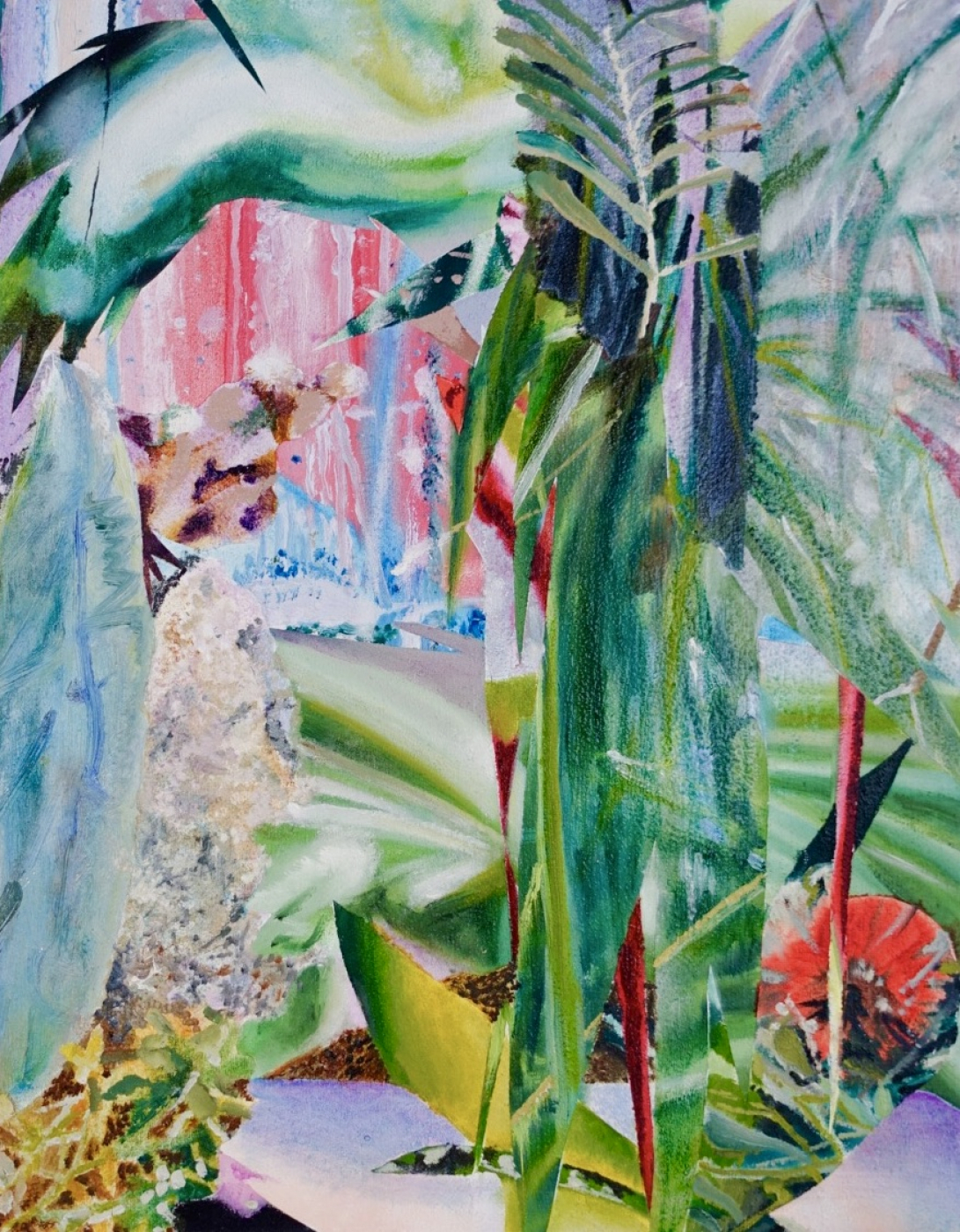
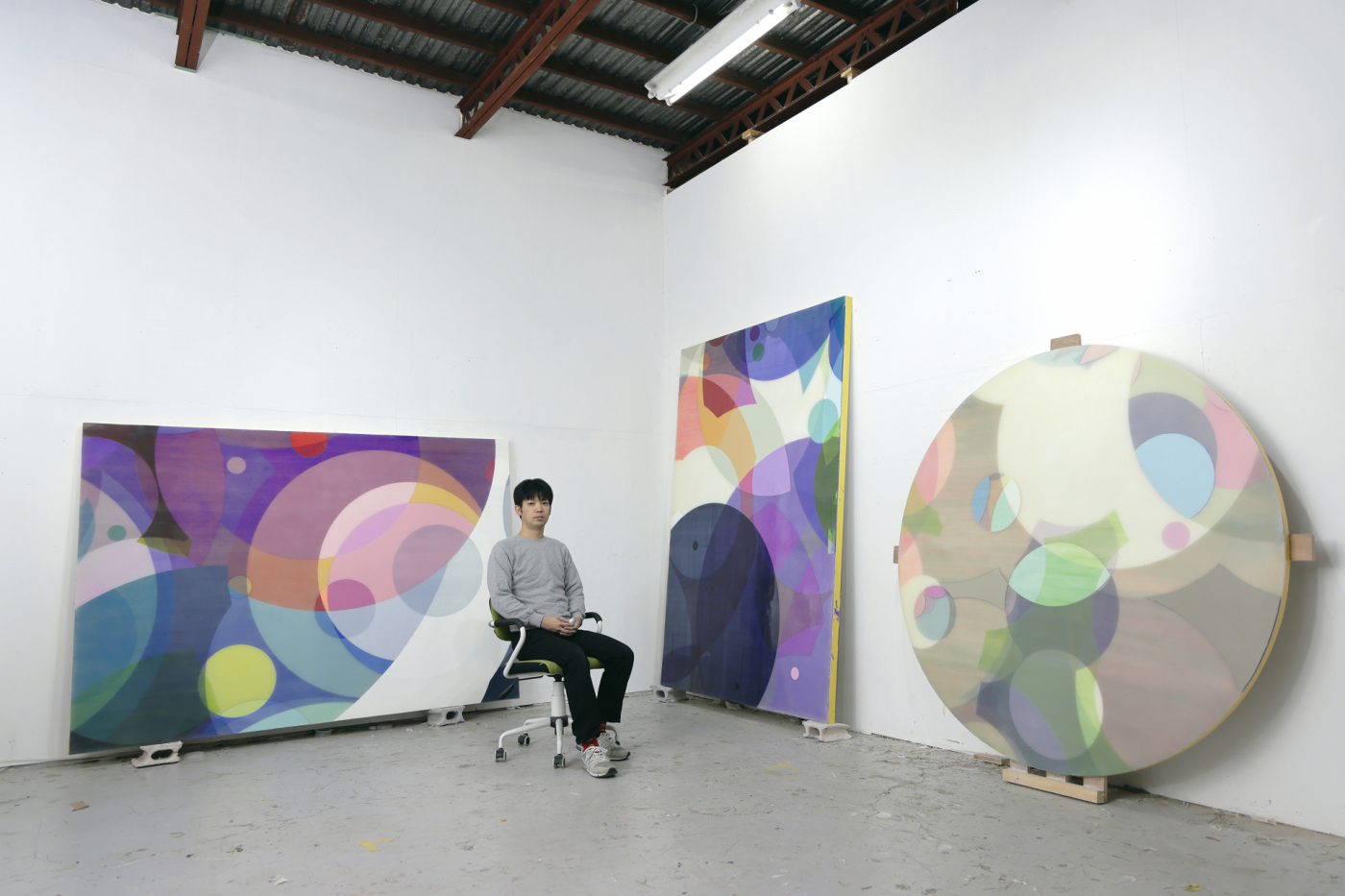

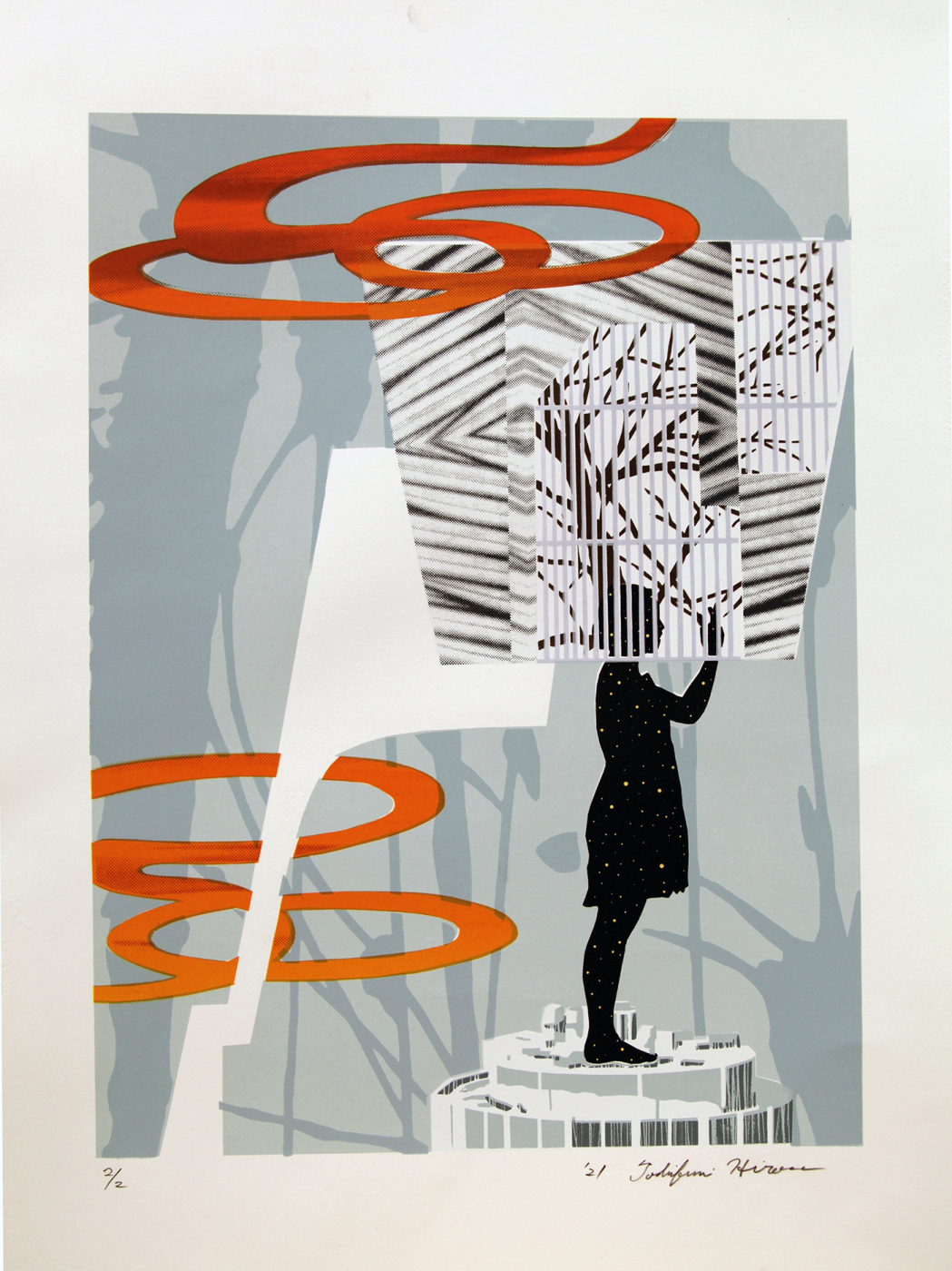

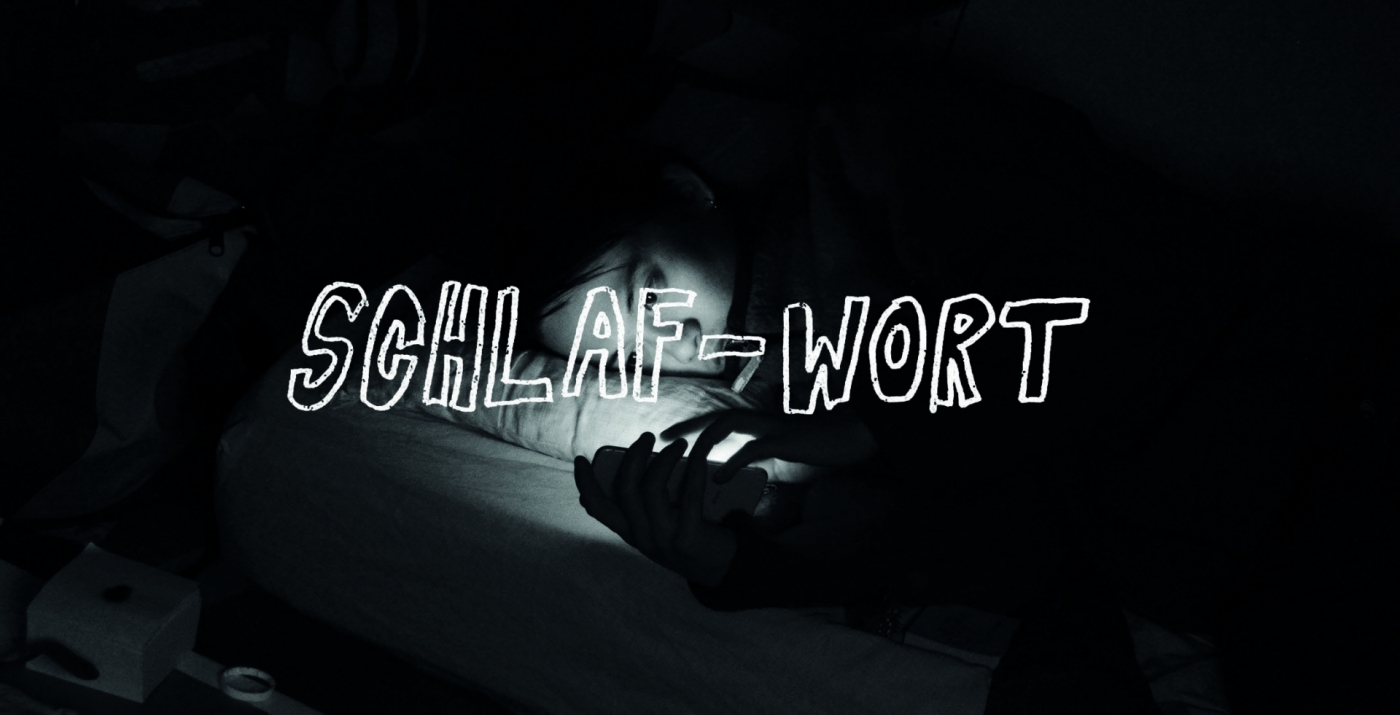
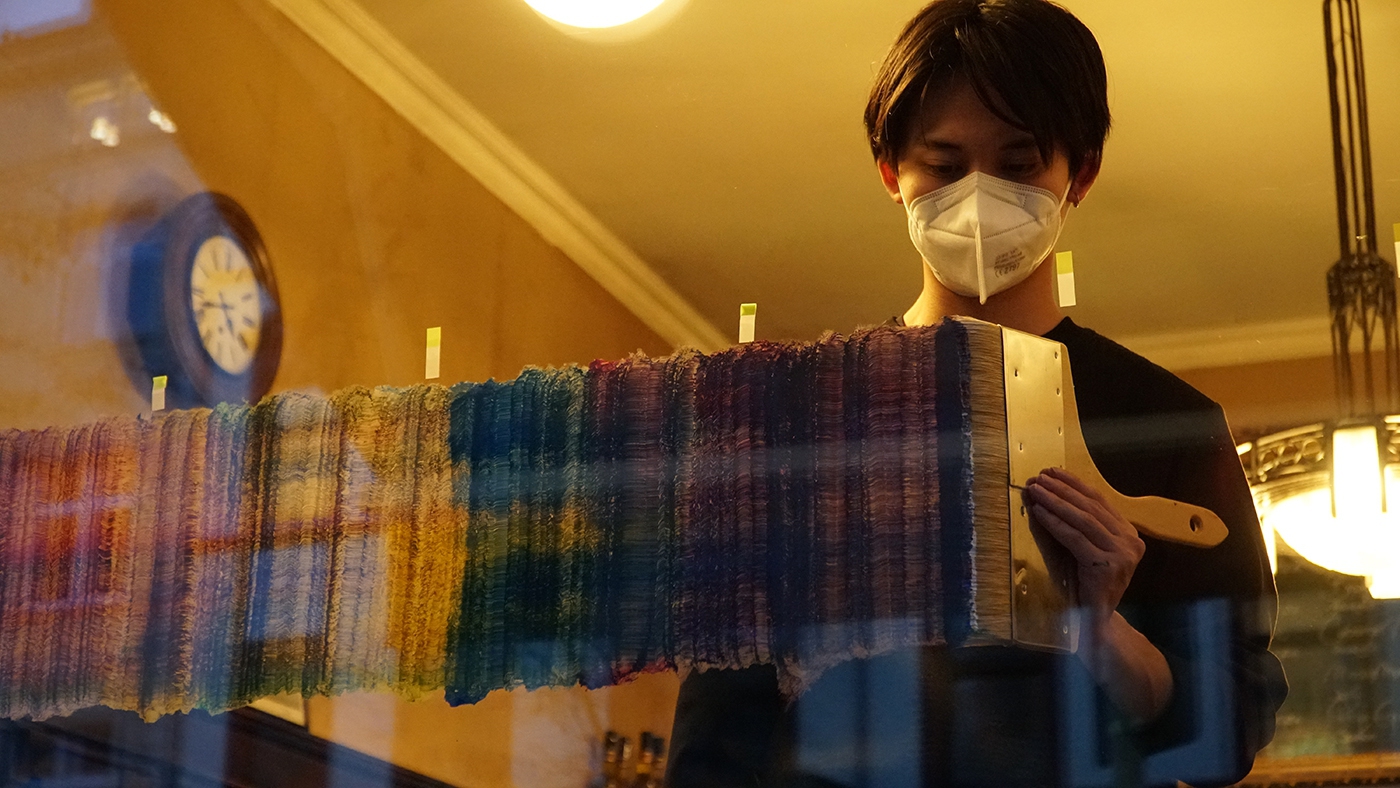
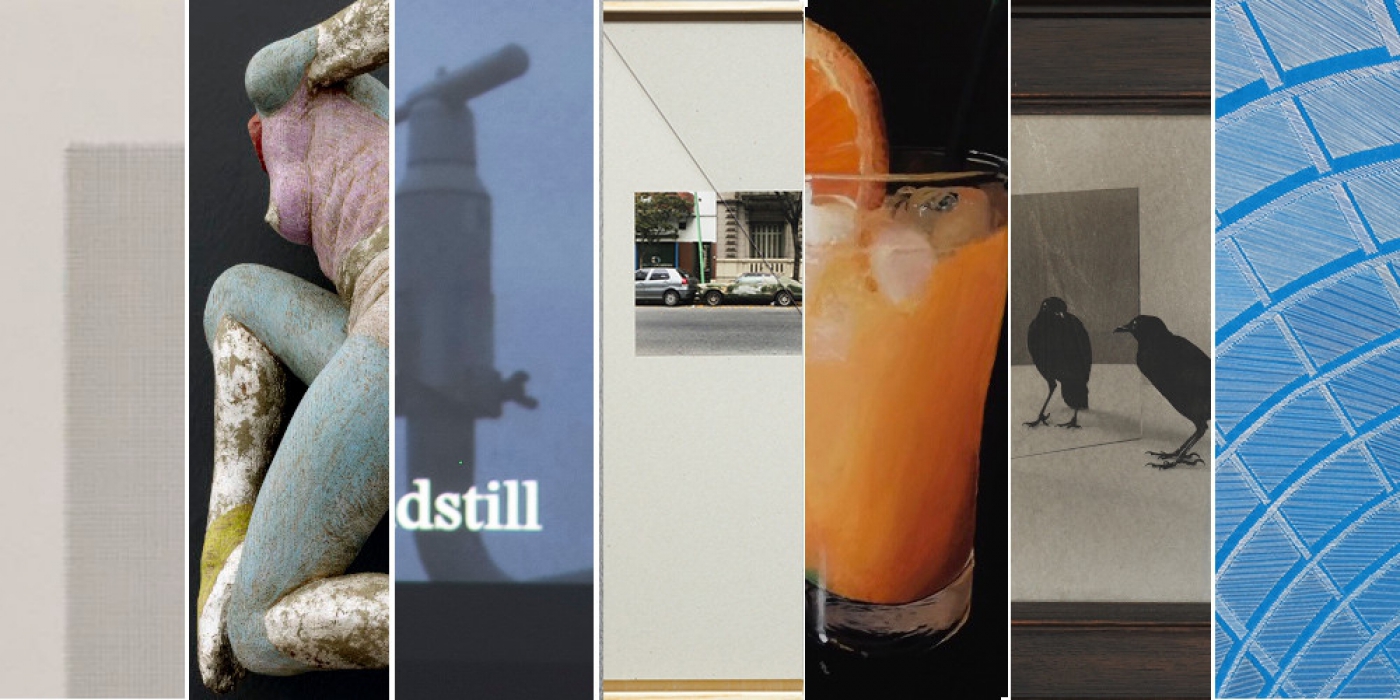
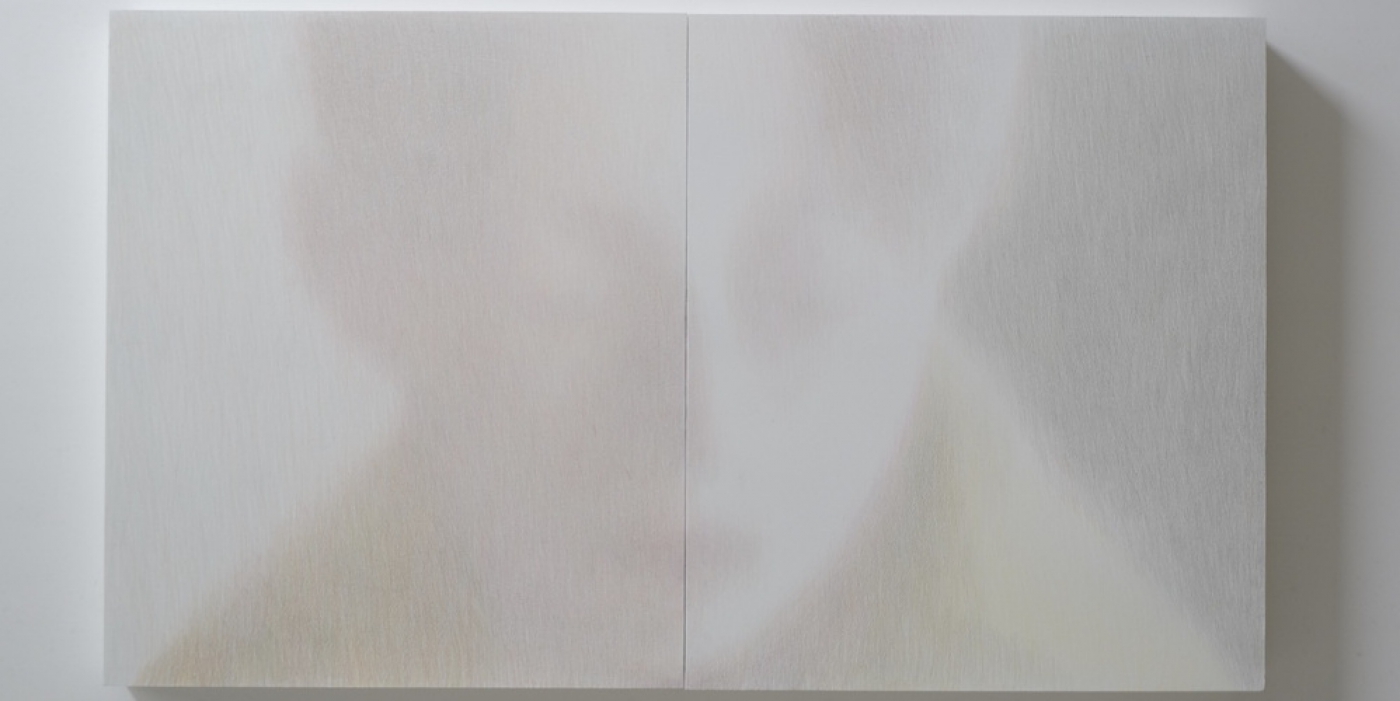


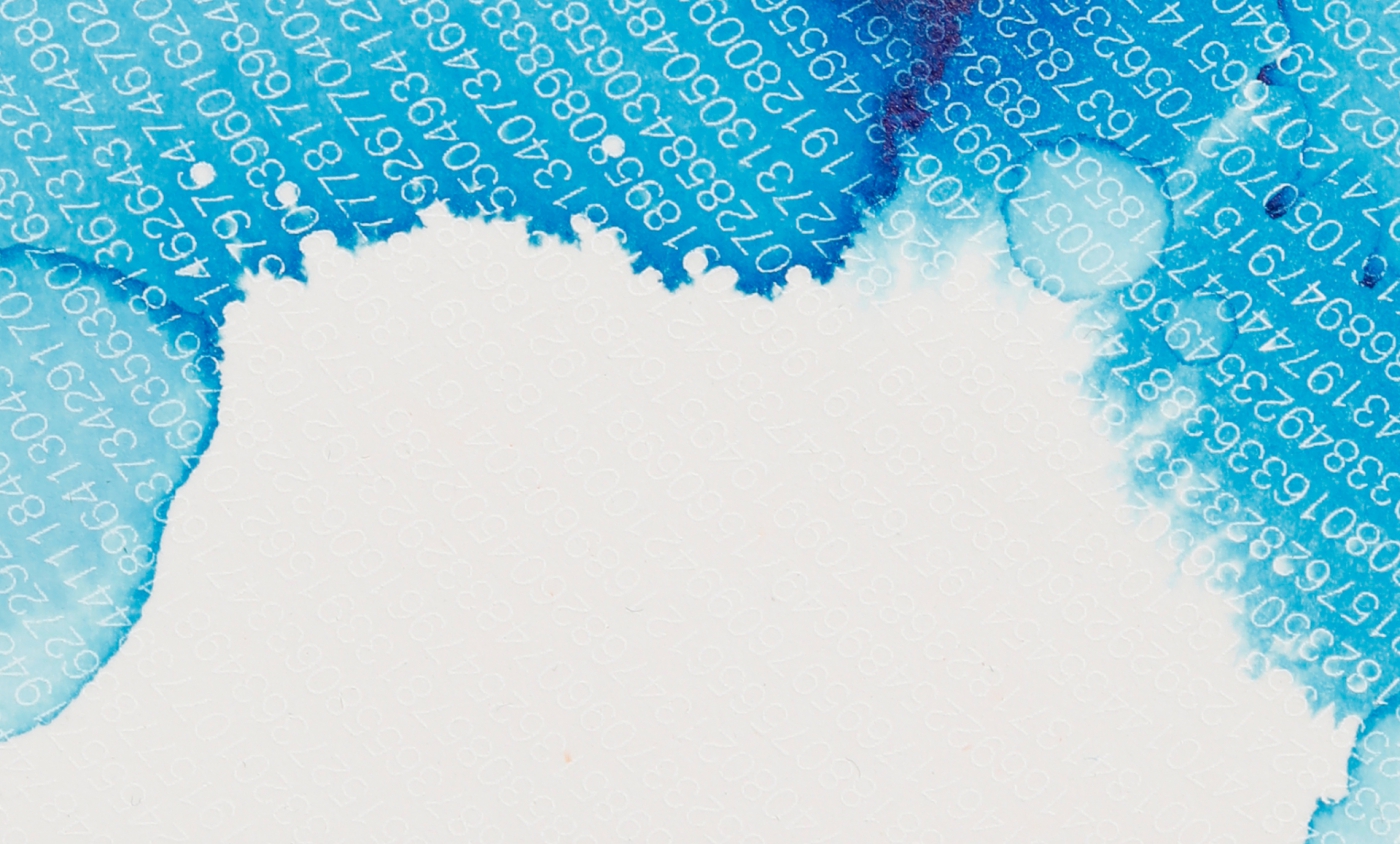
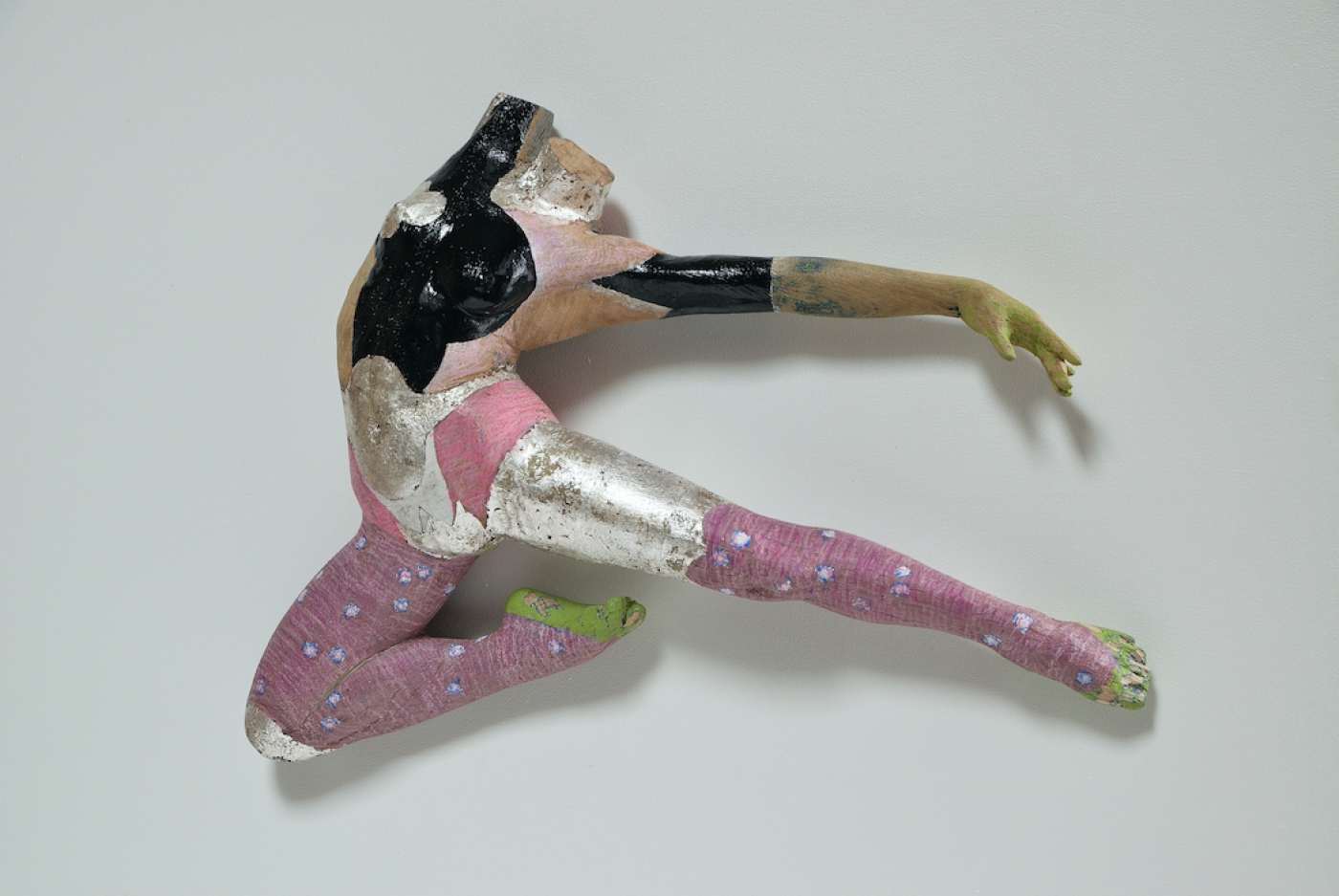
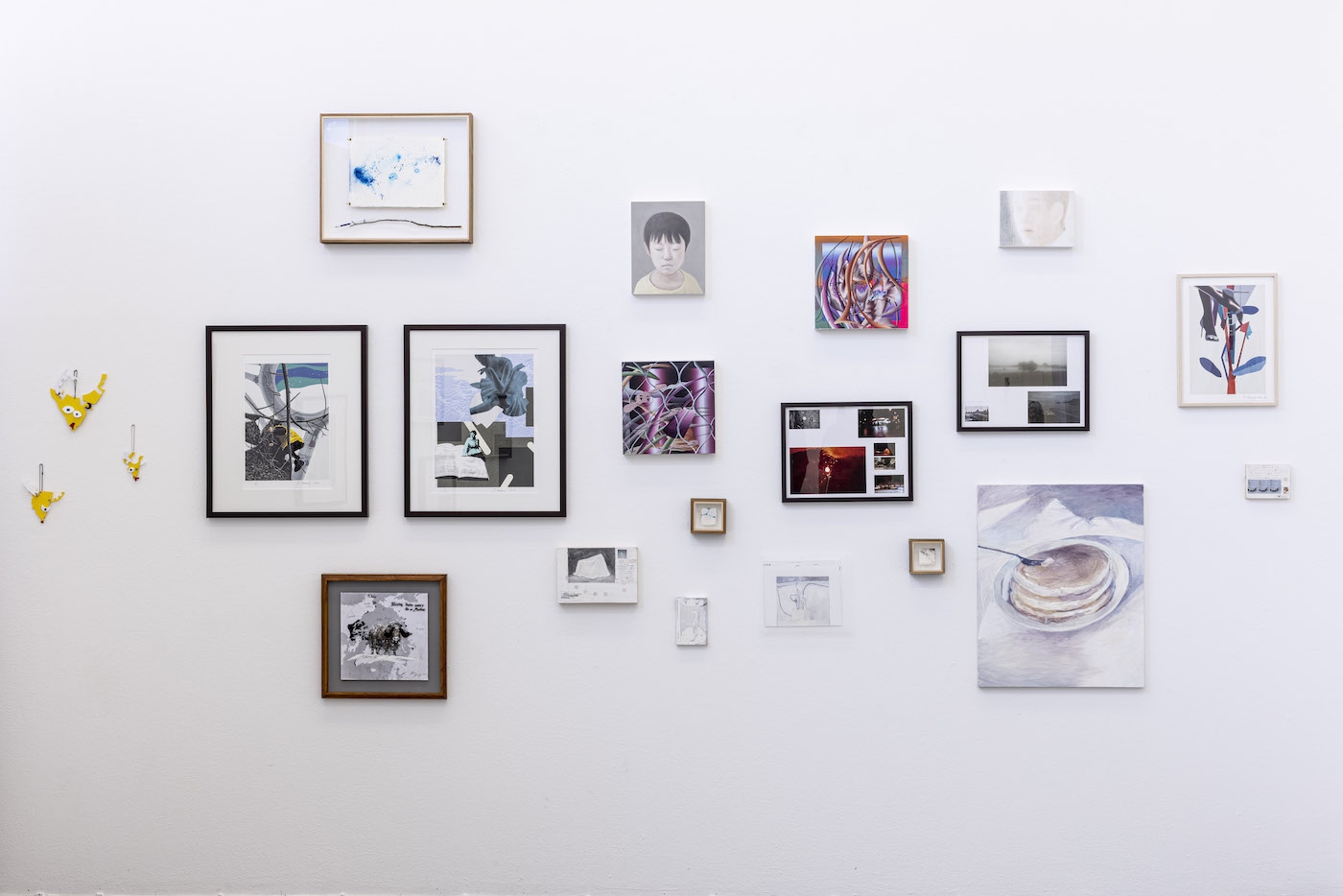
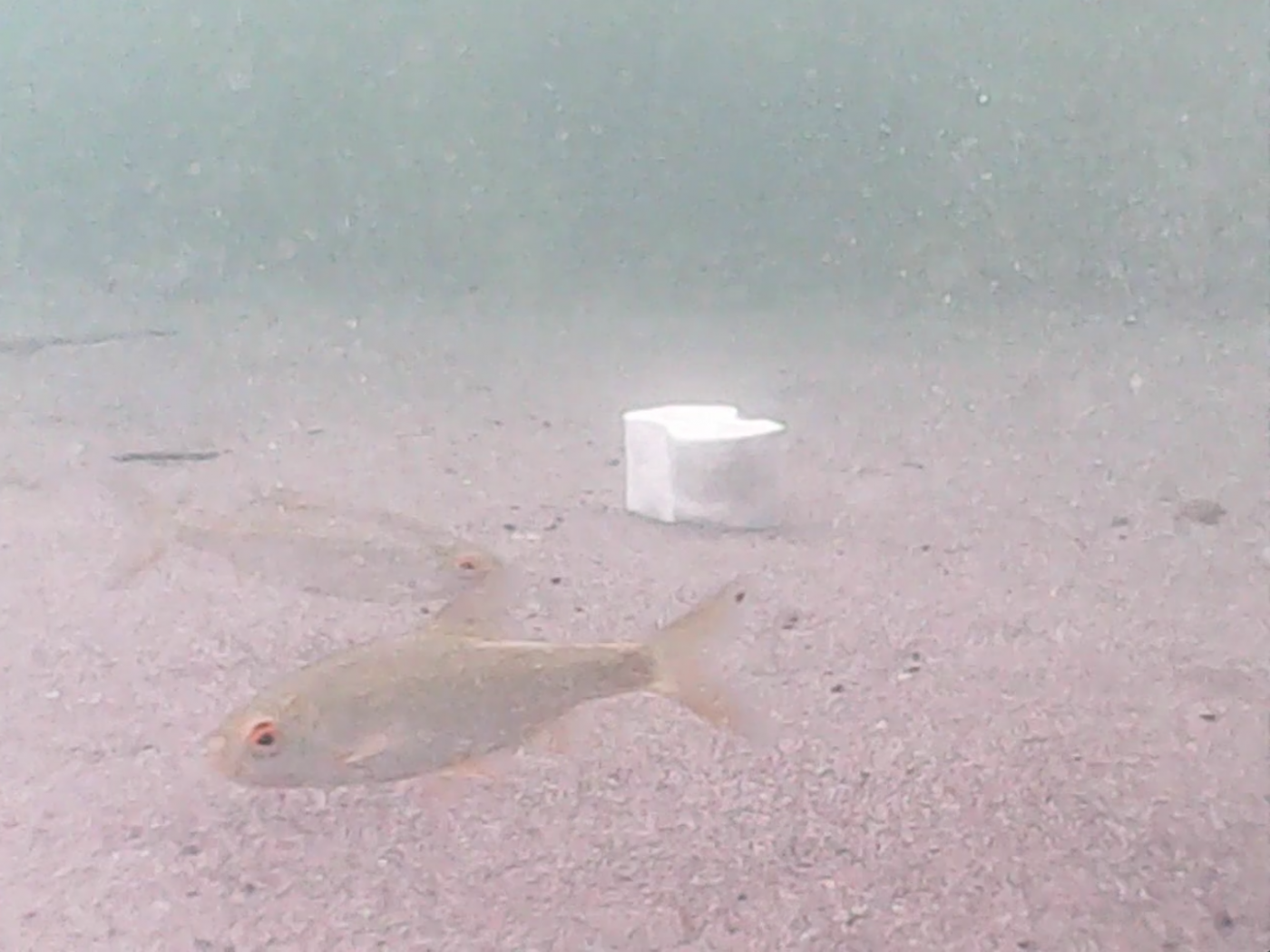
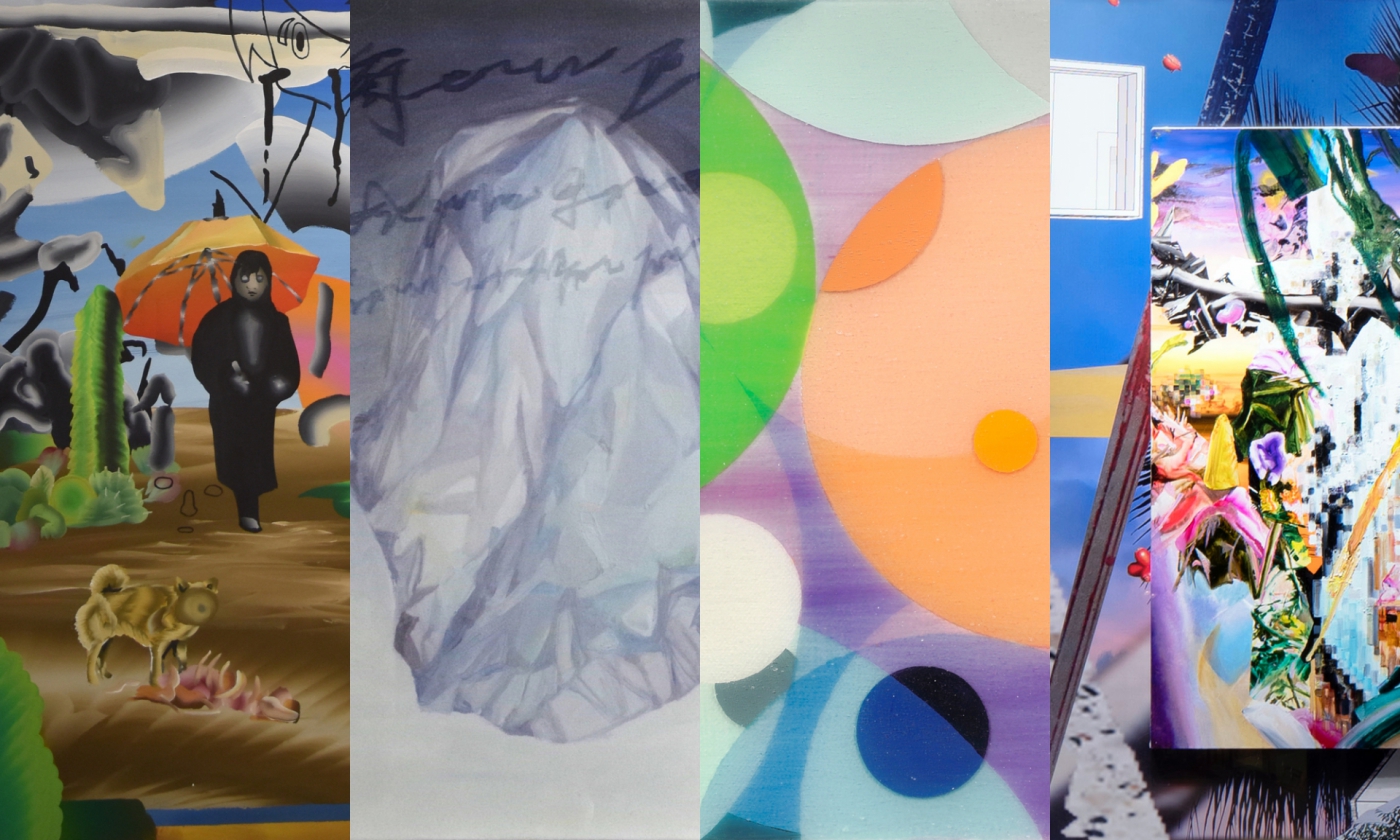
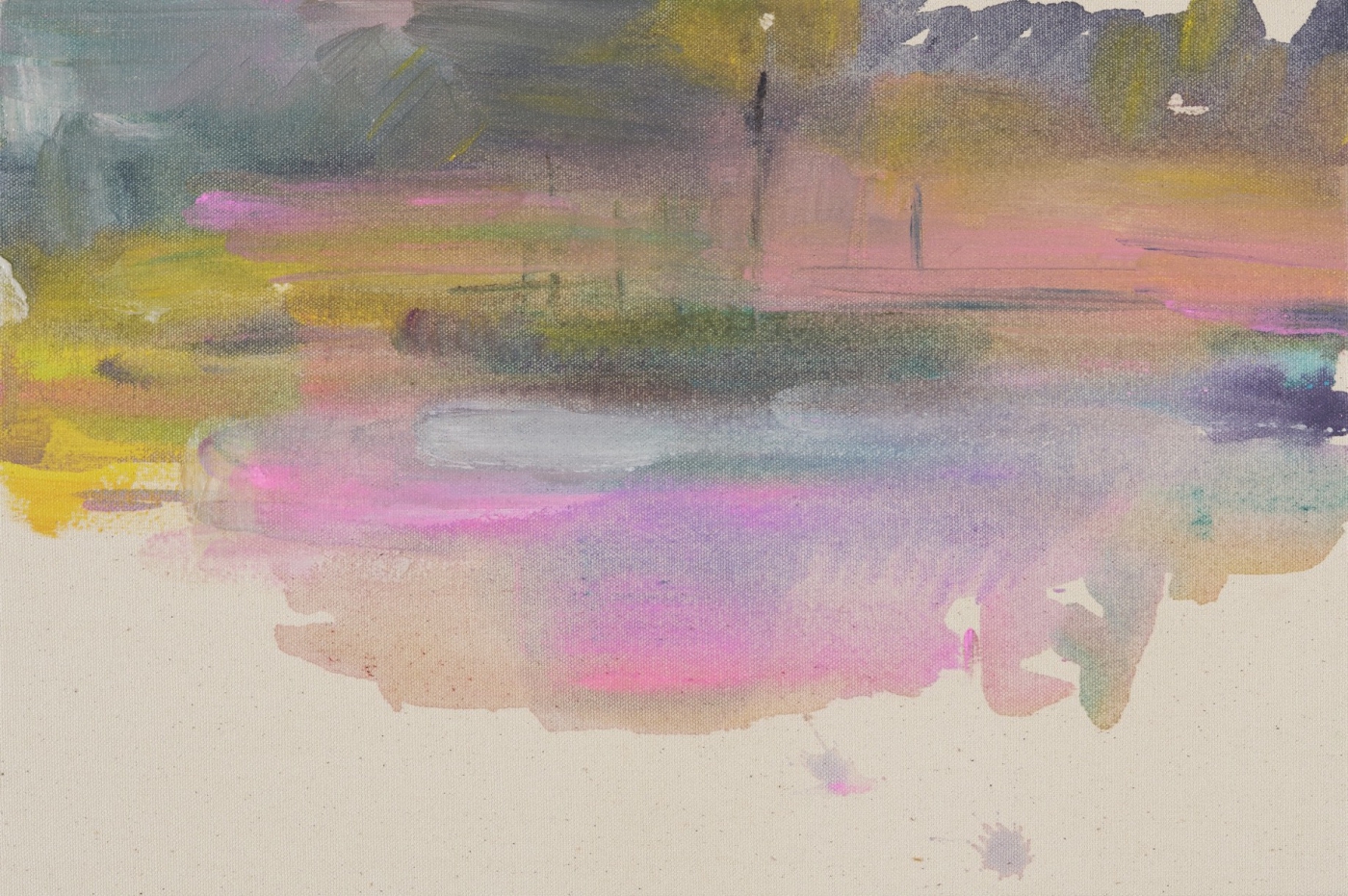
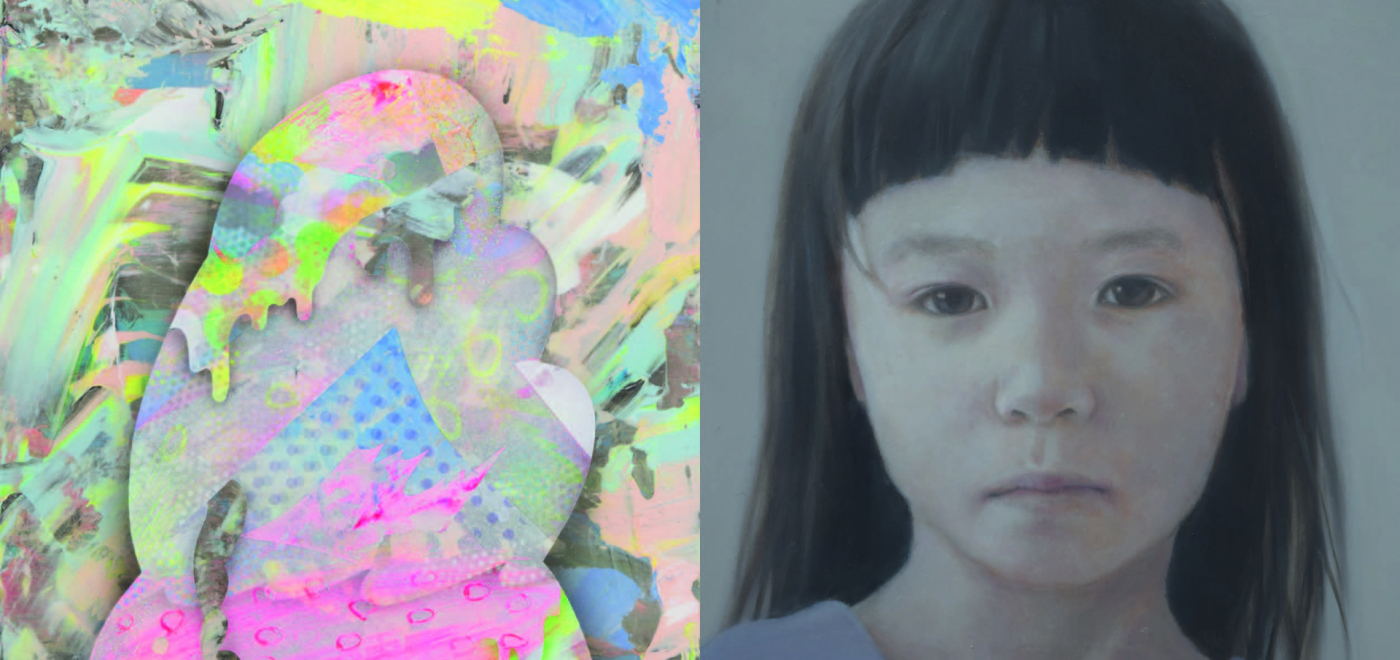
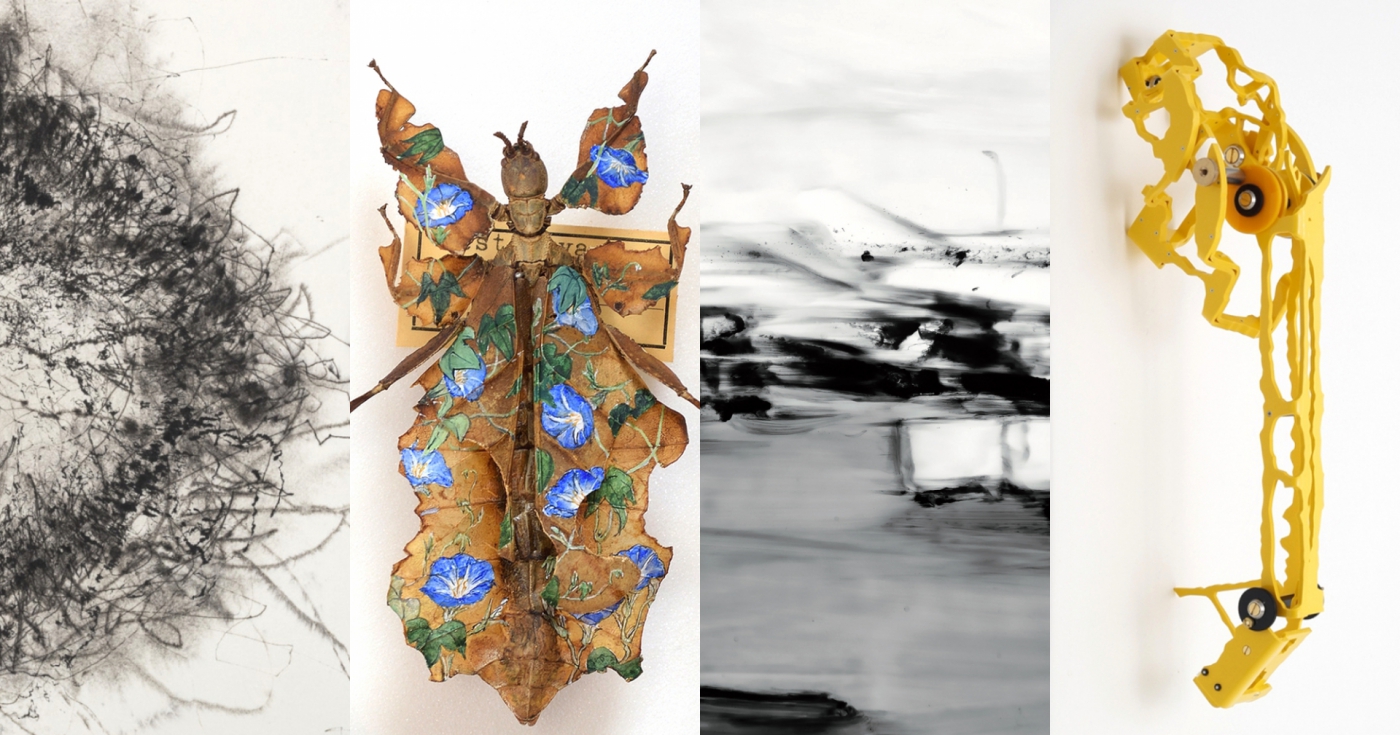
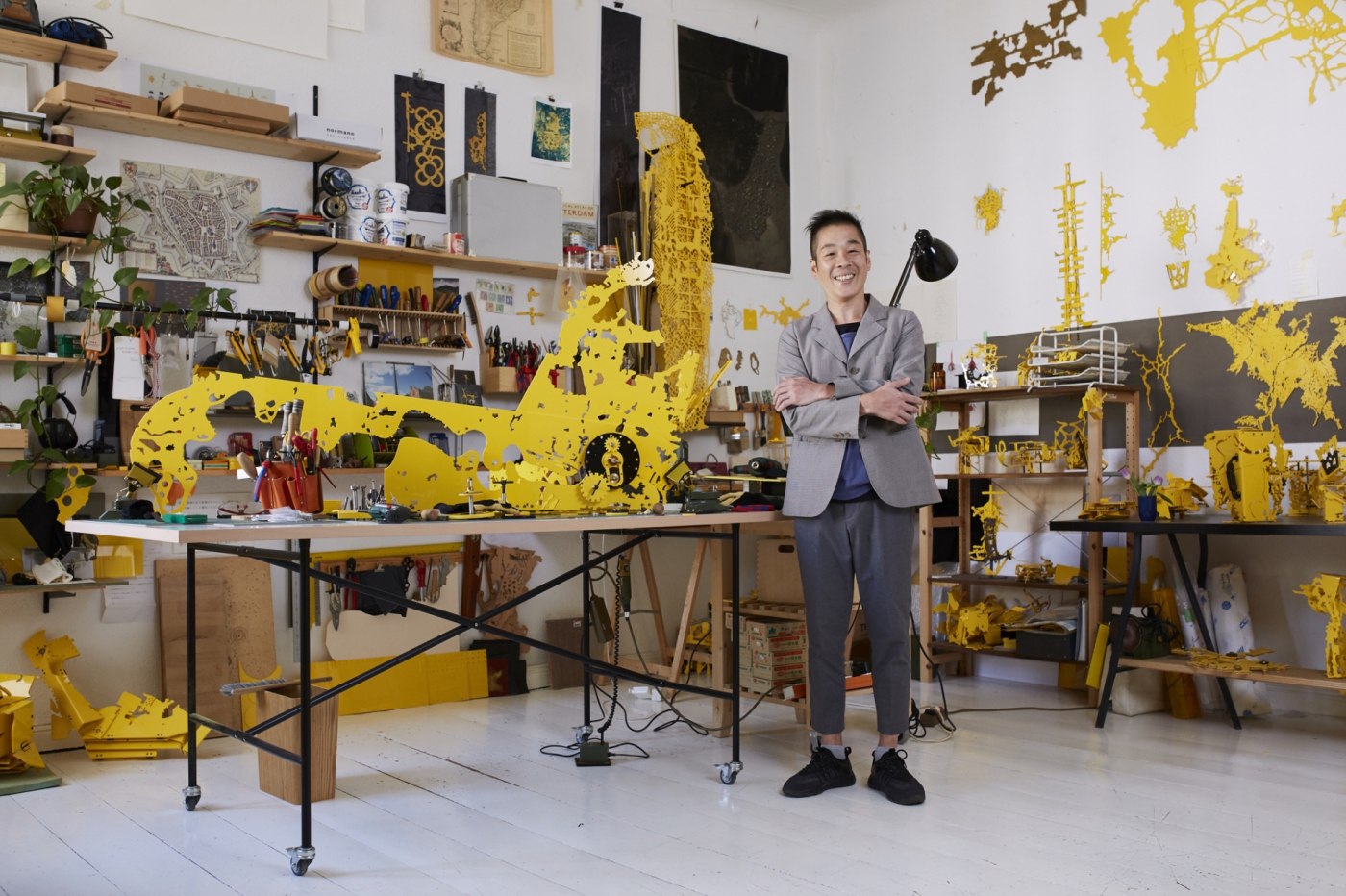
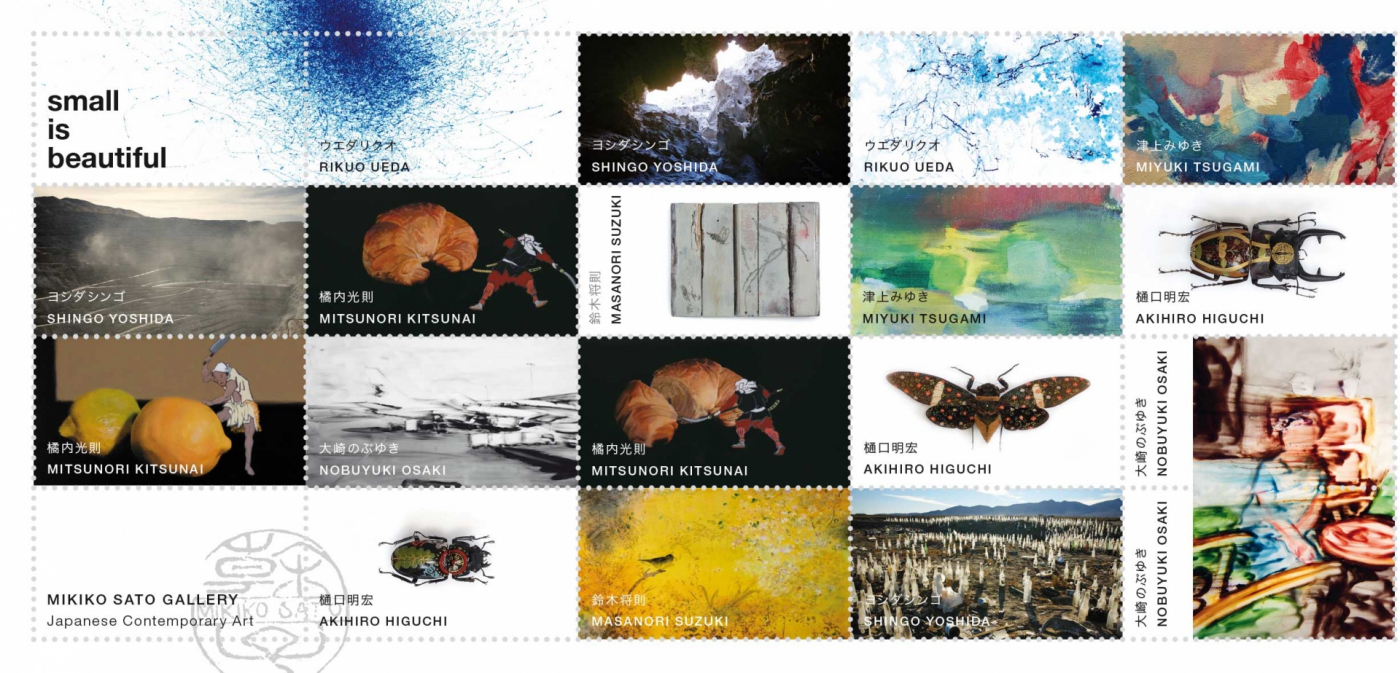
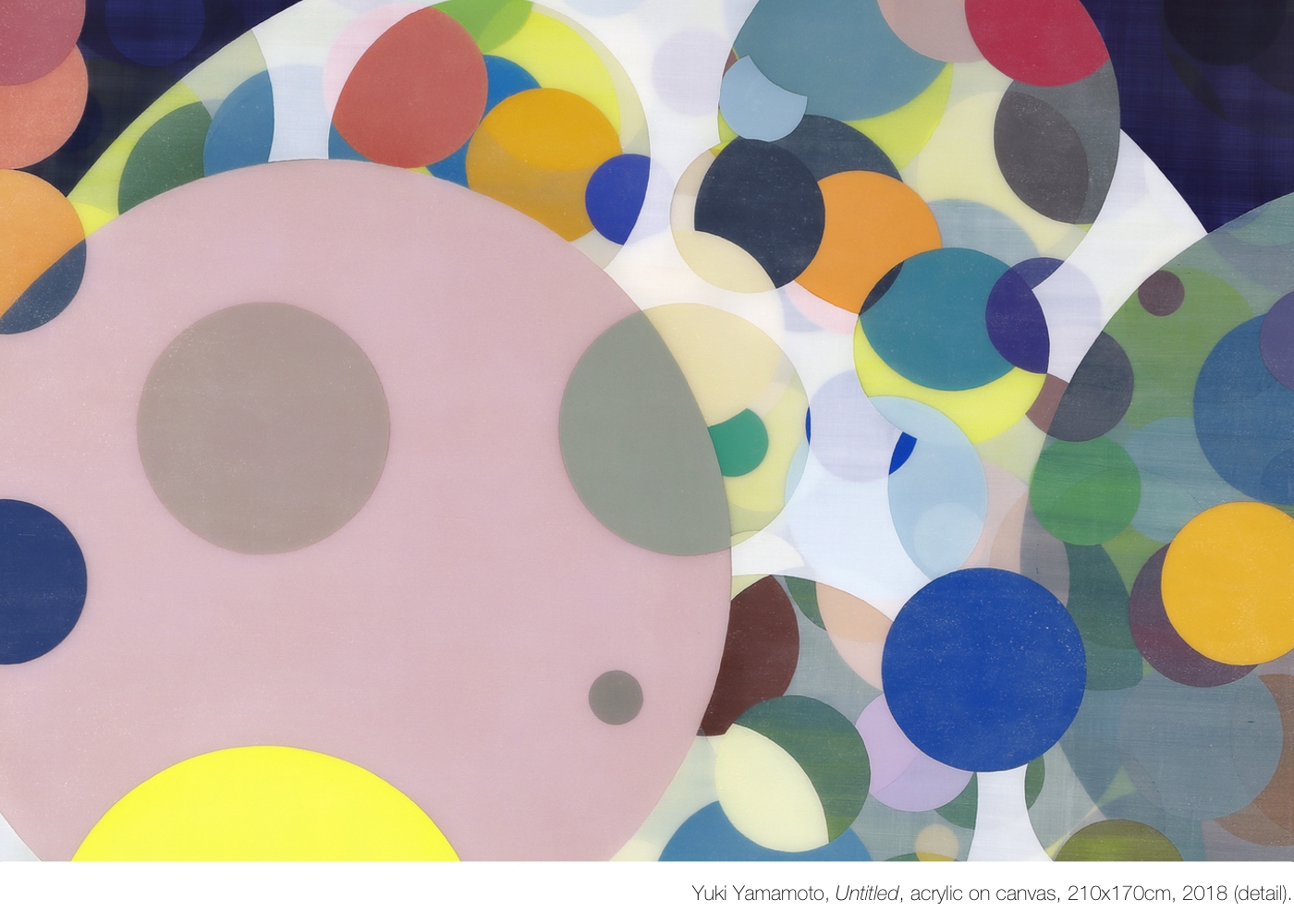

 - 2017-001.jpg)
